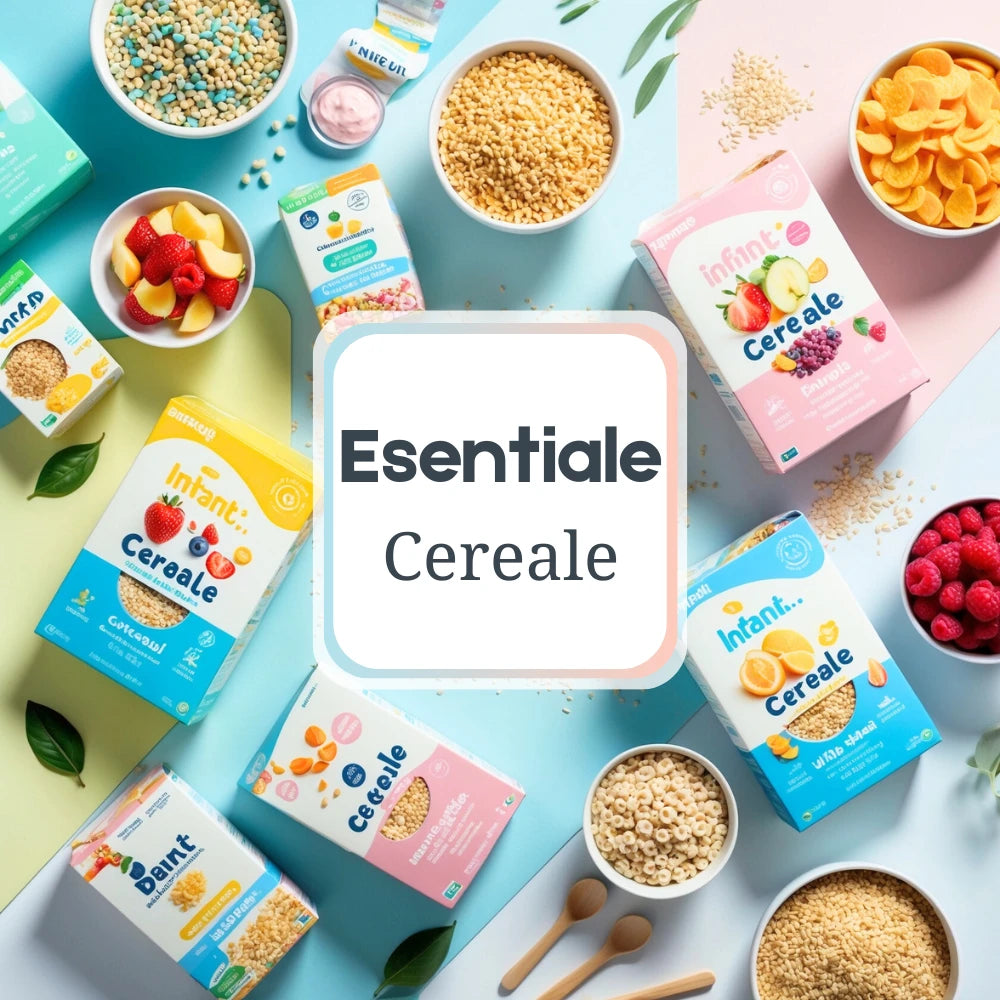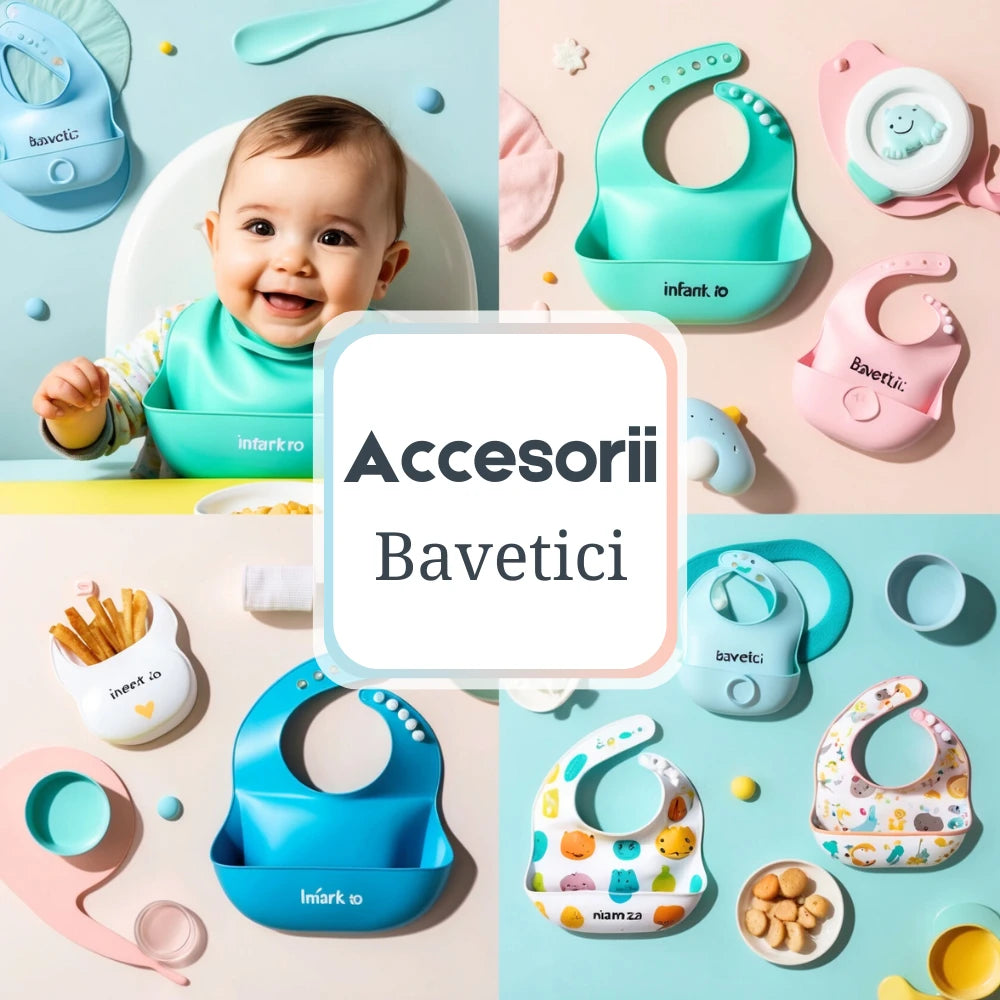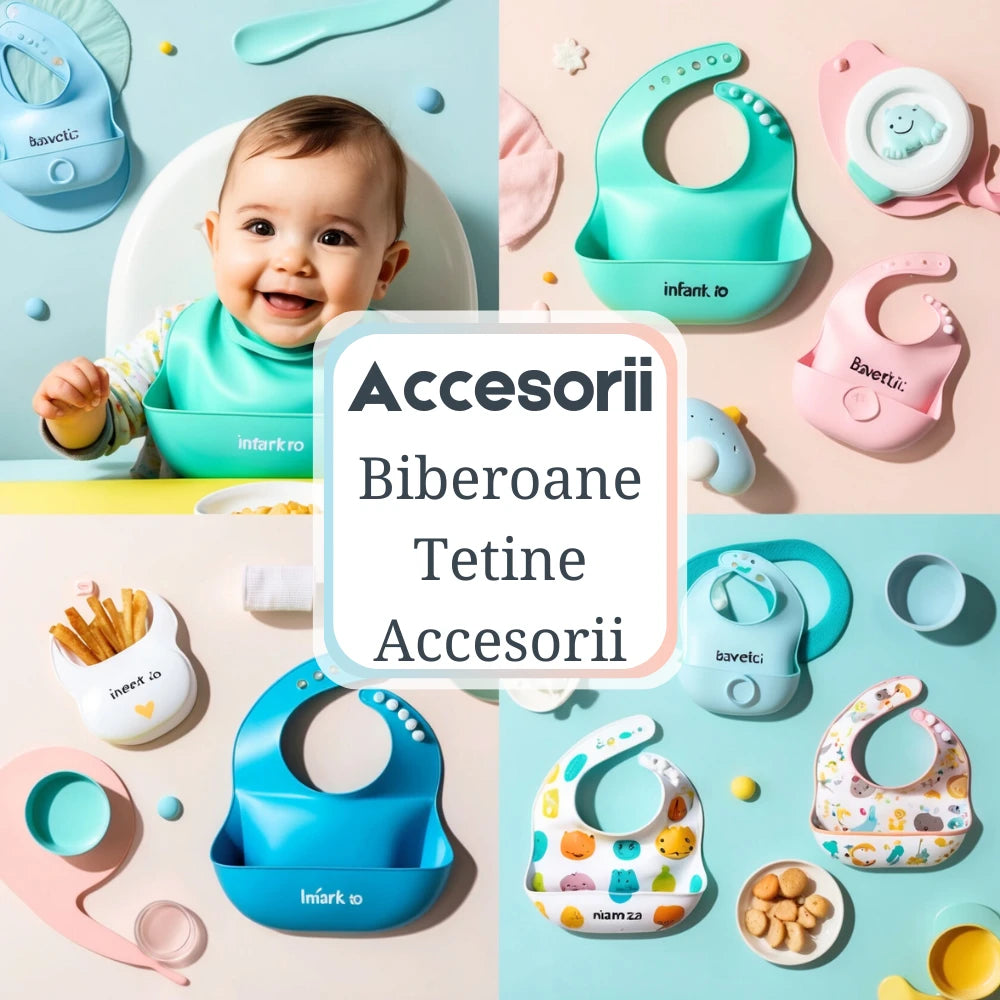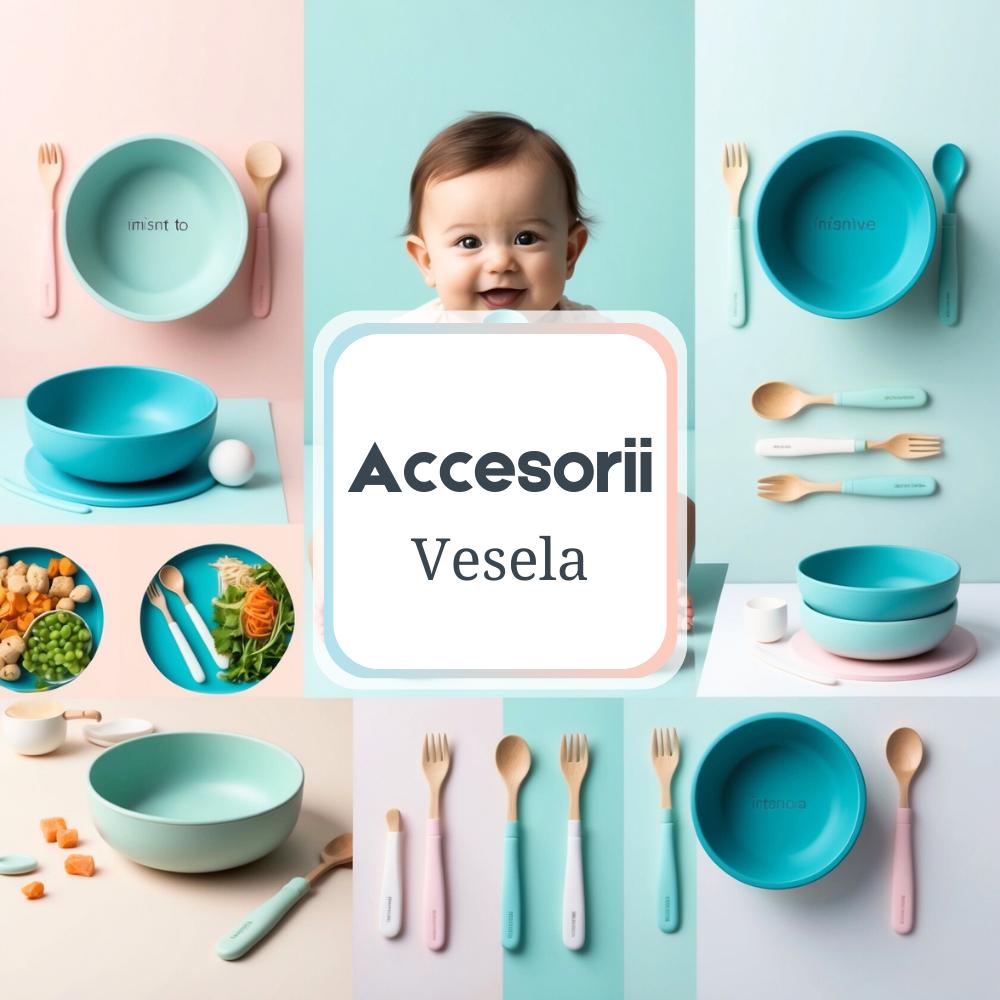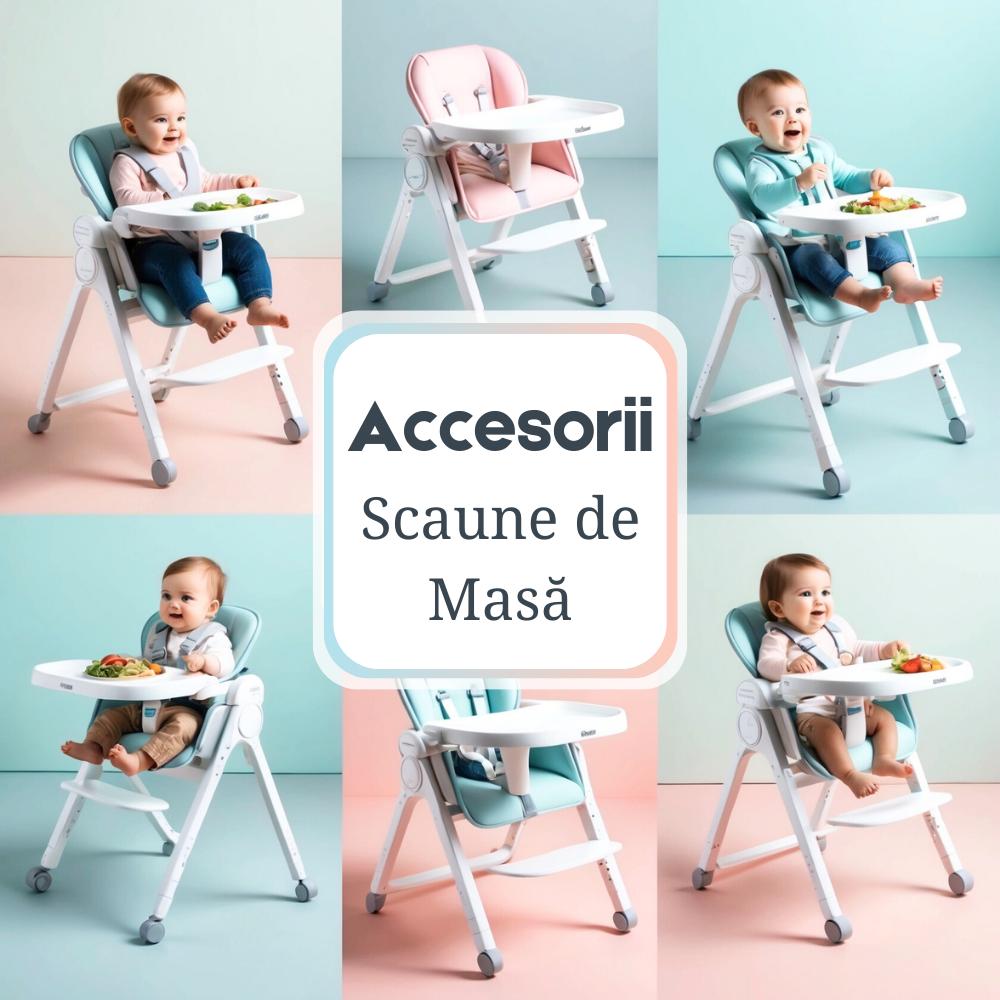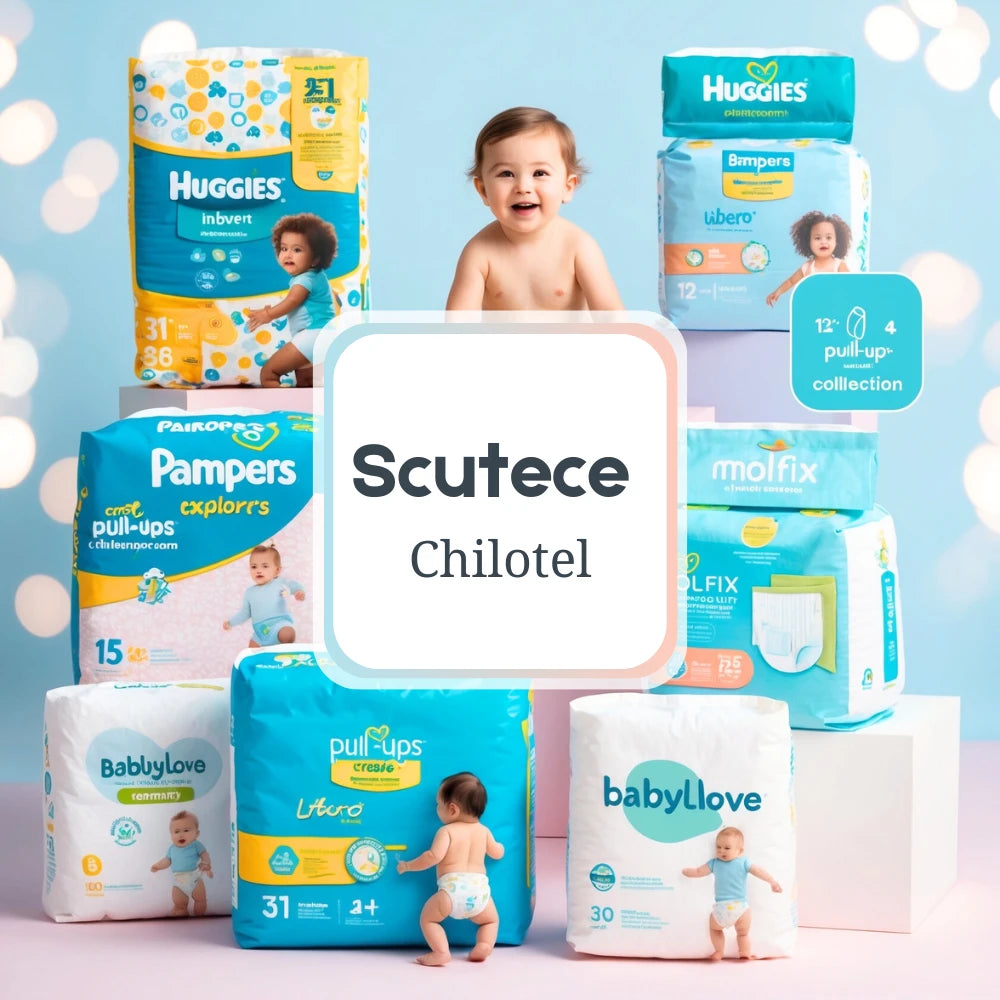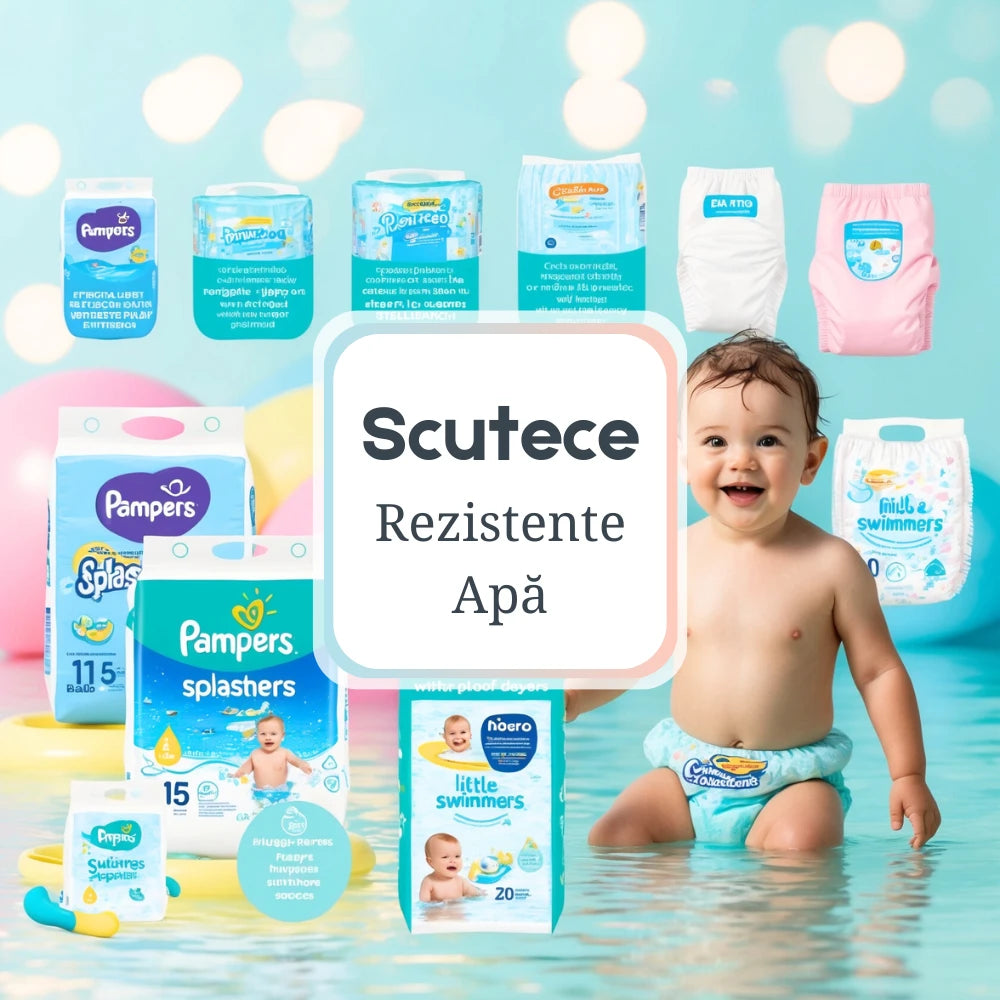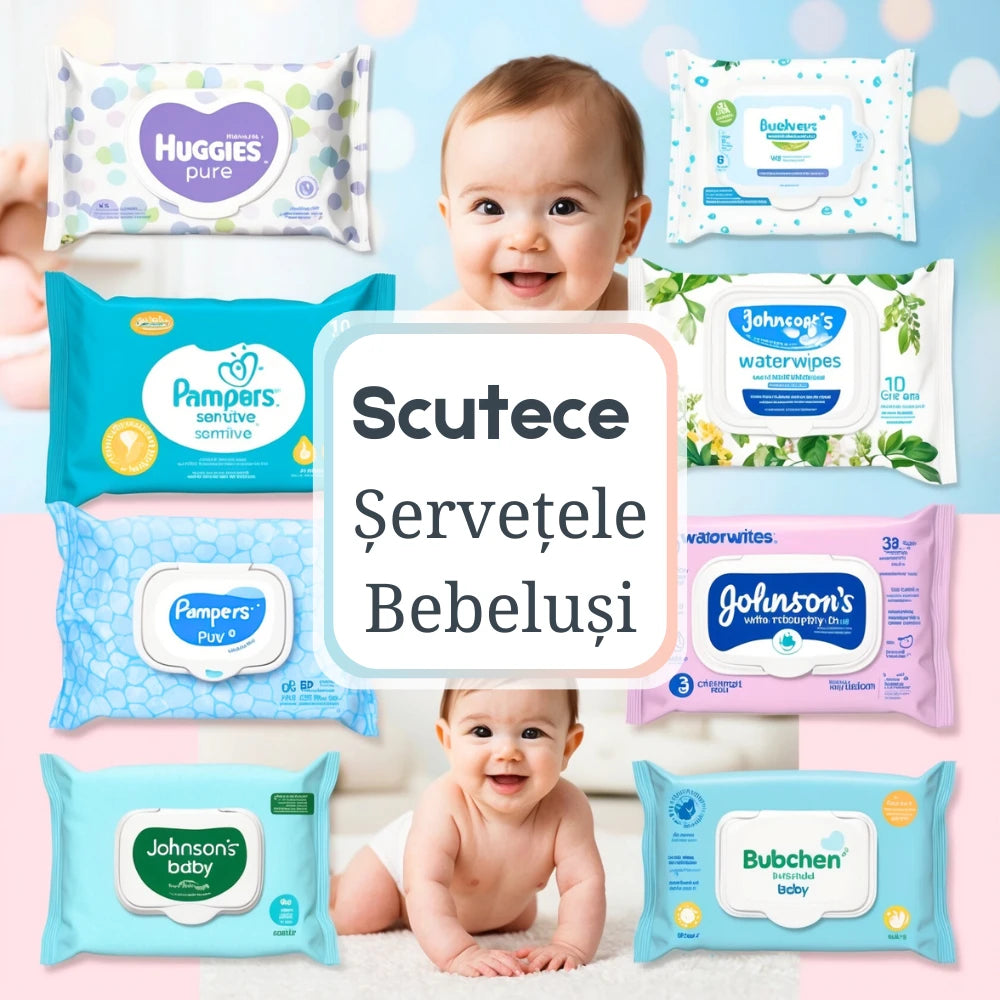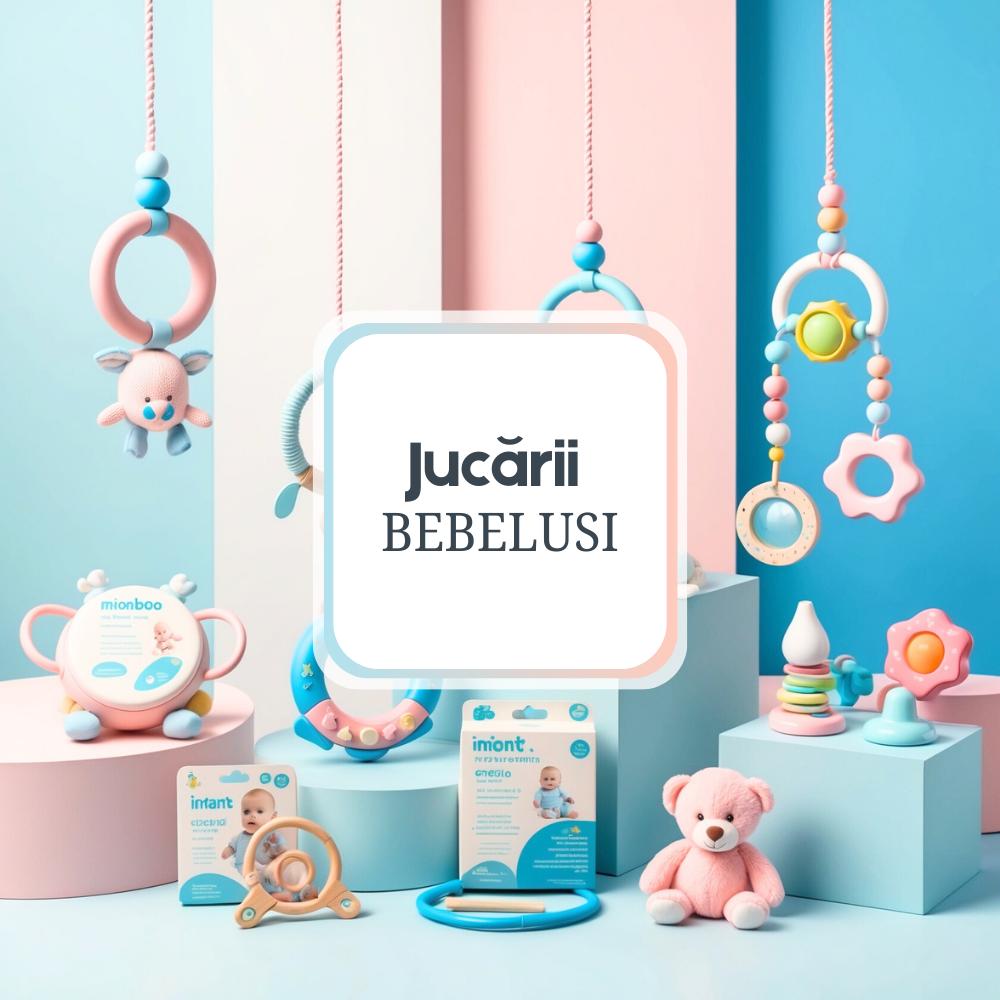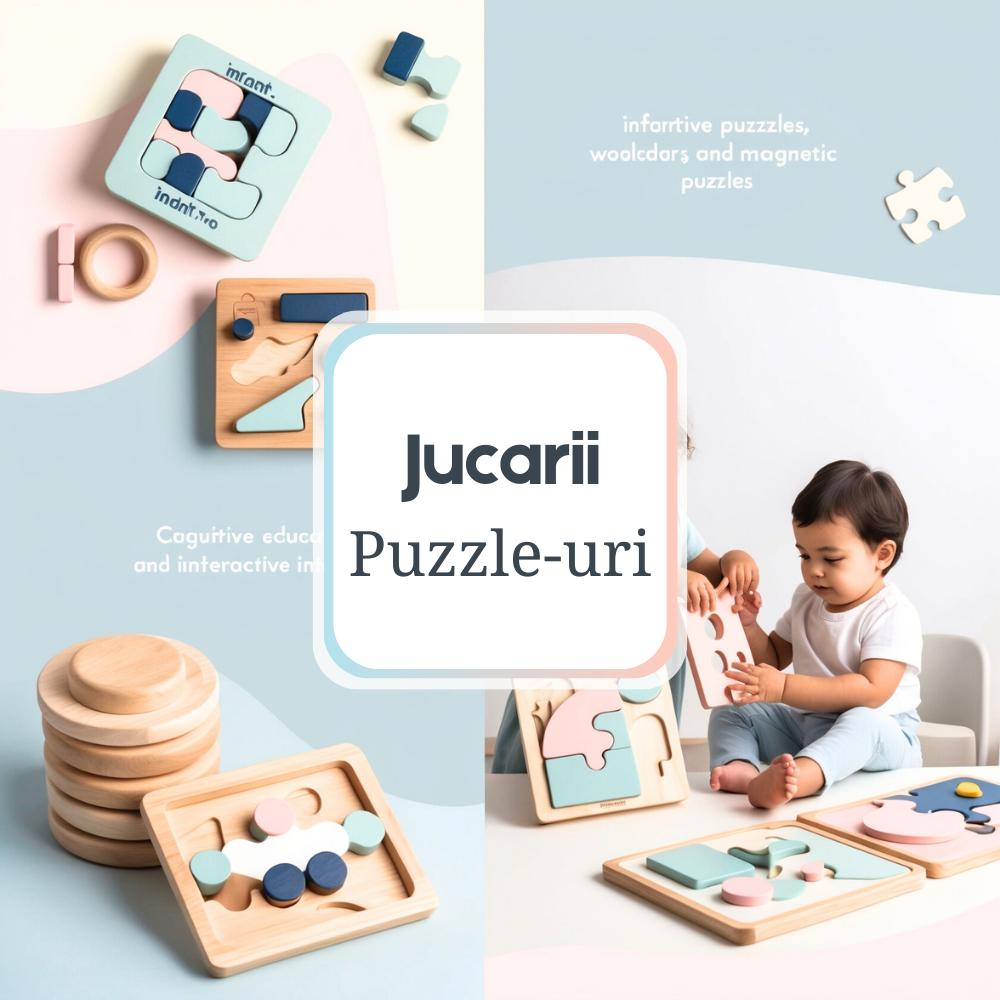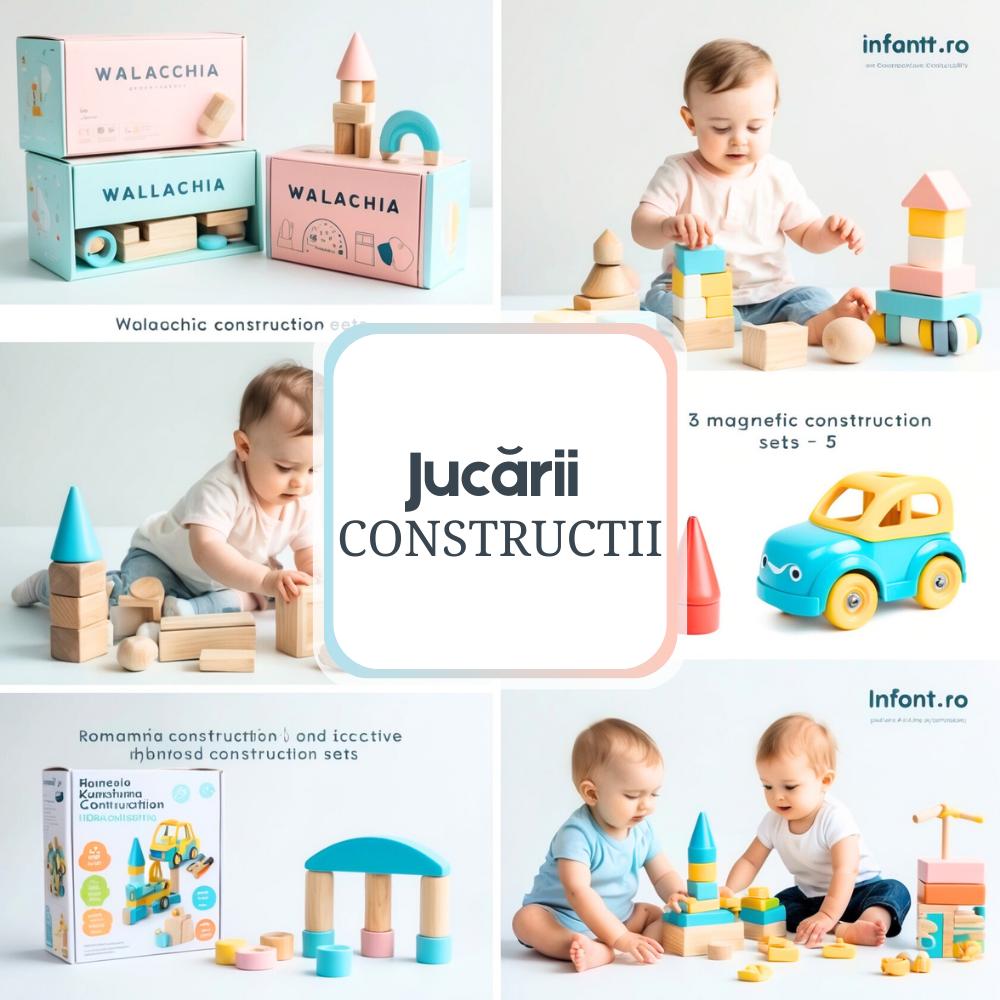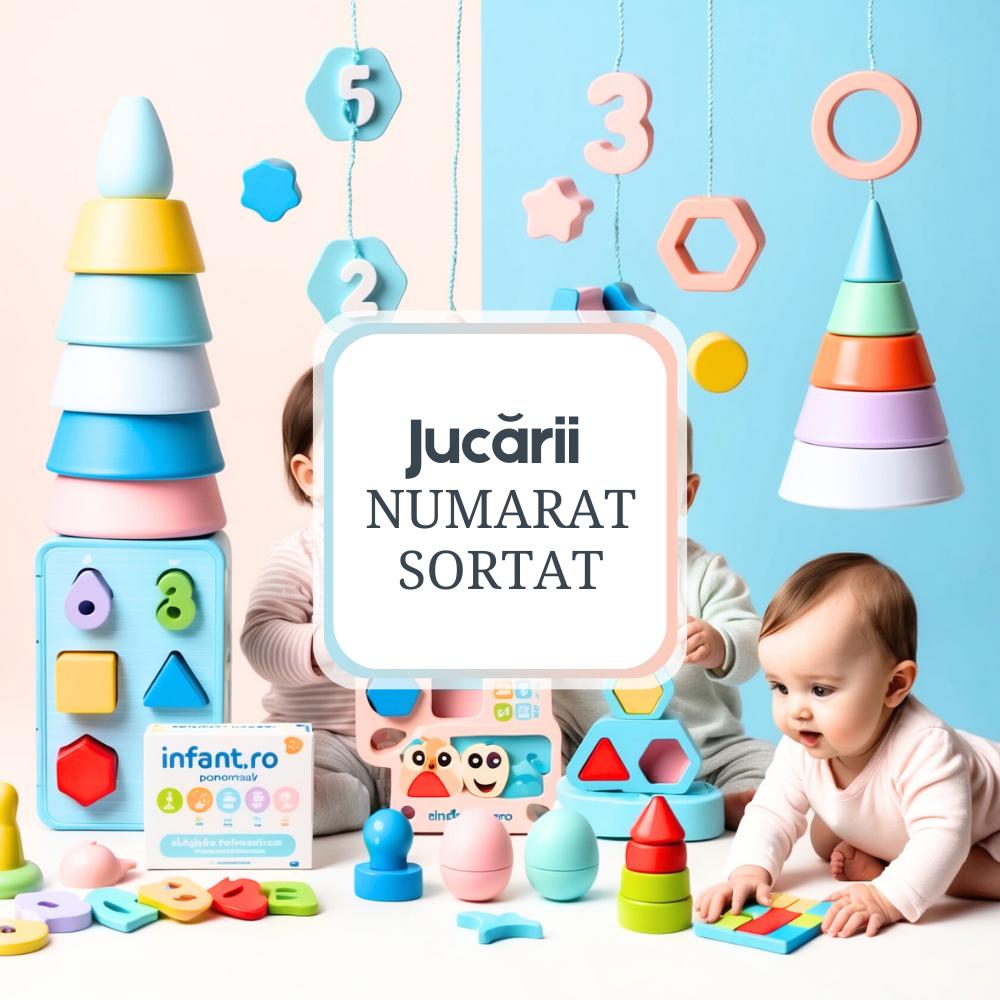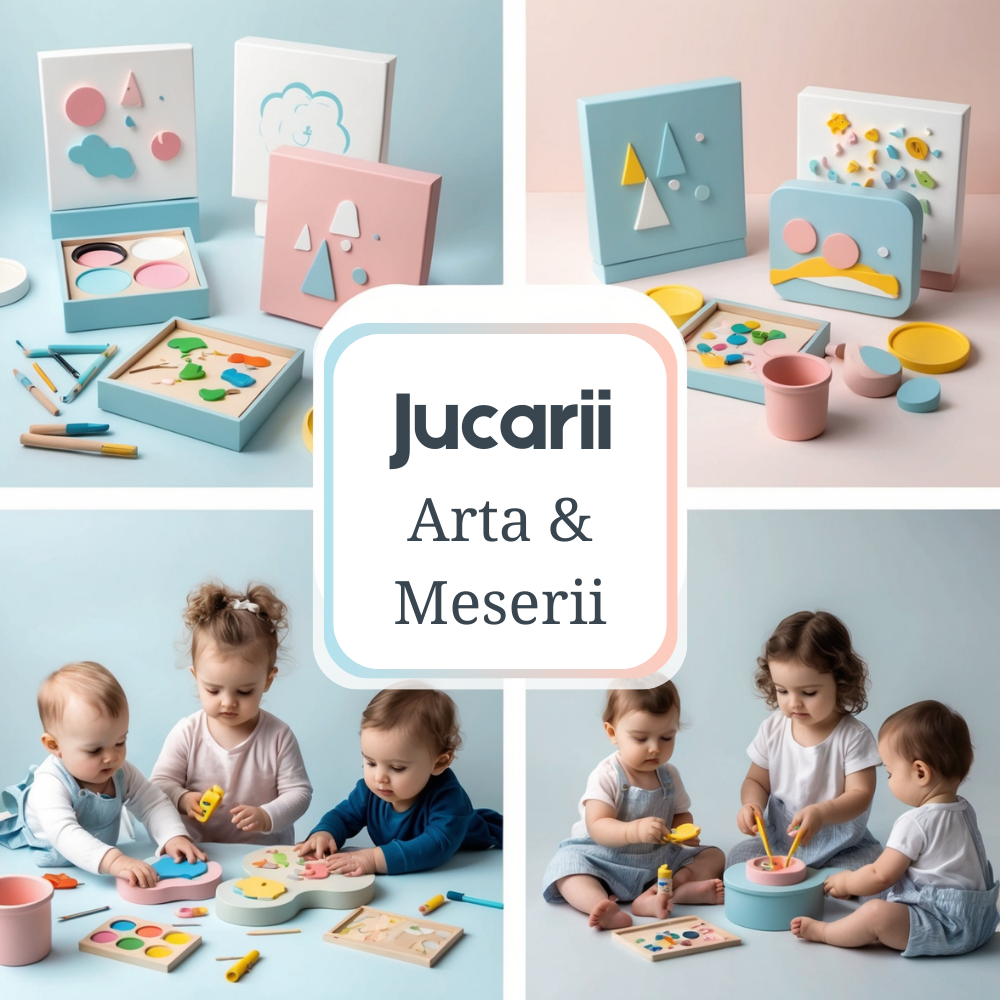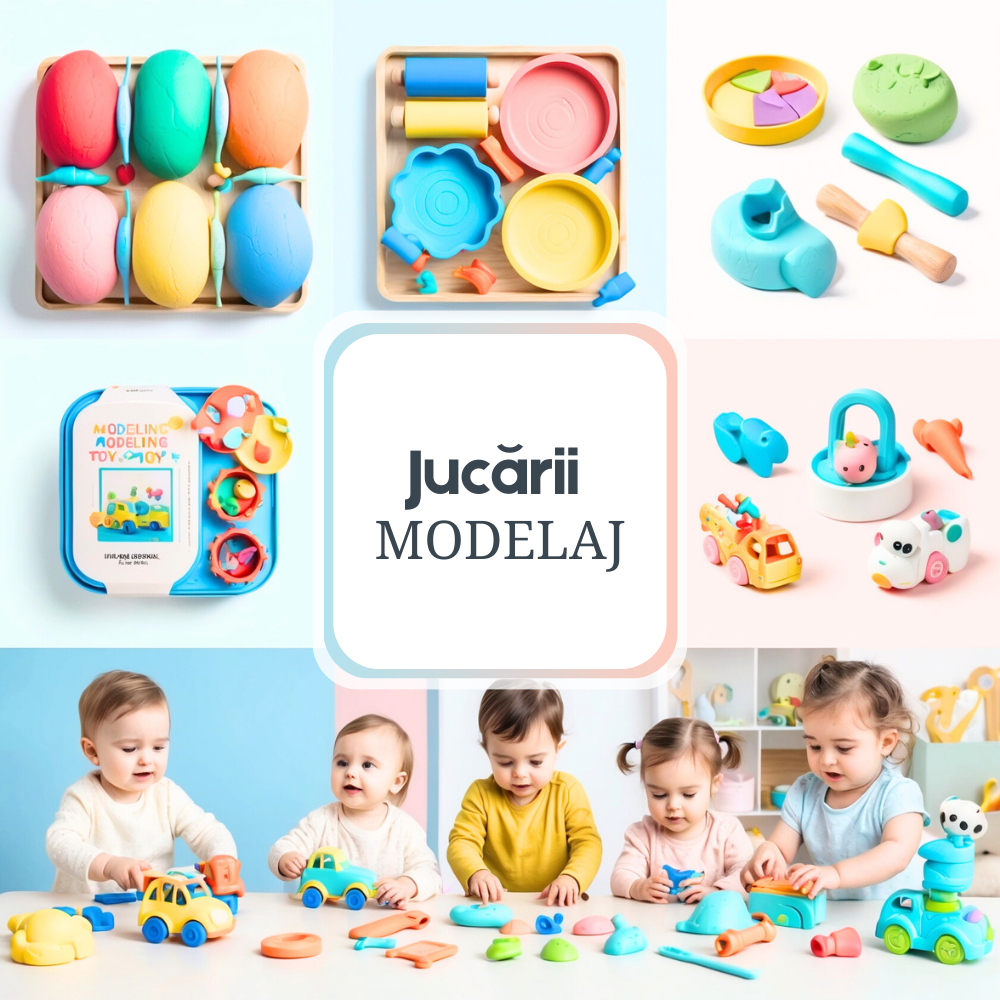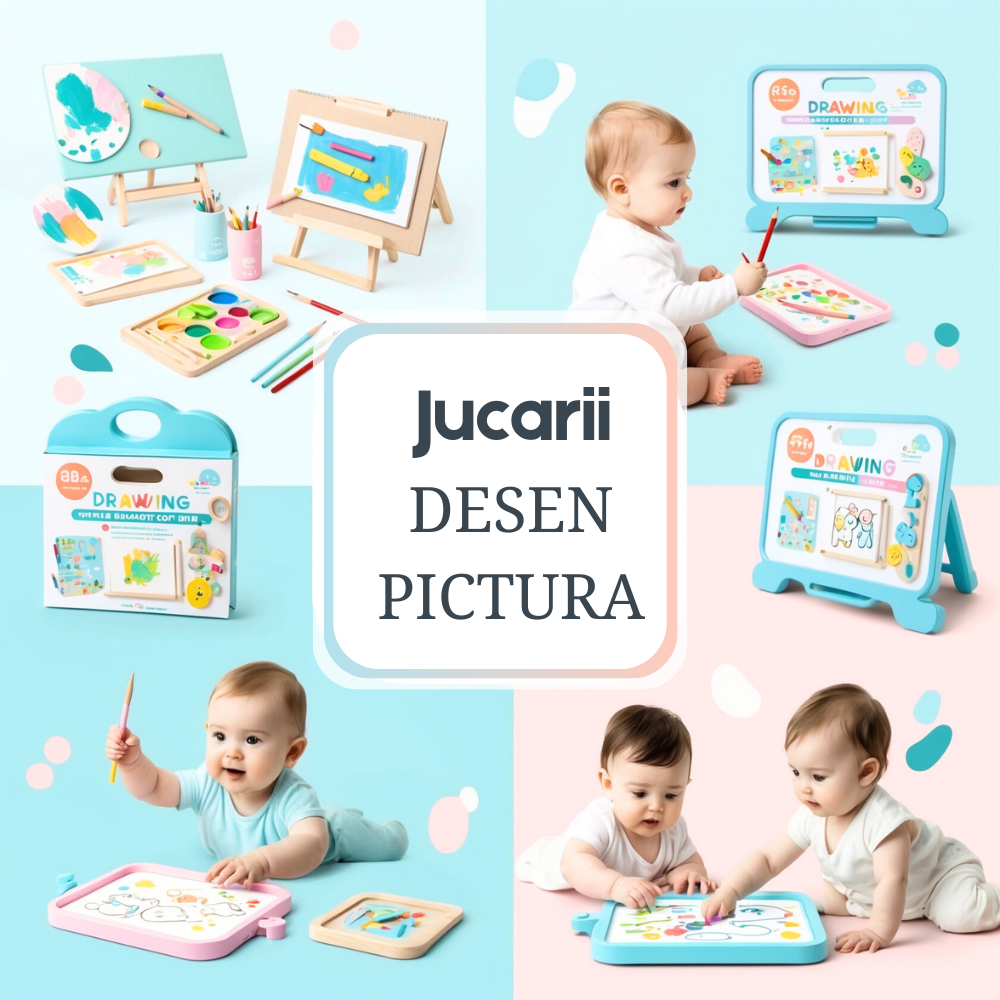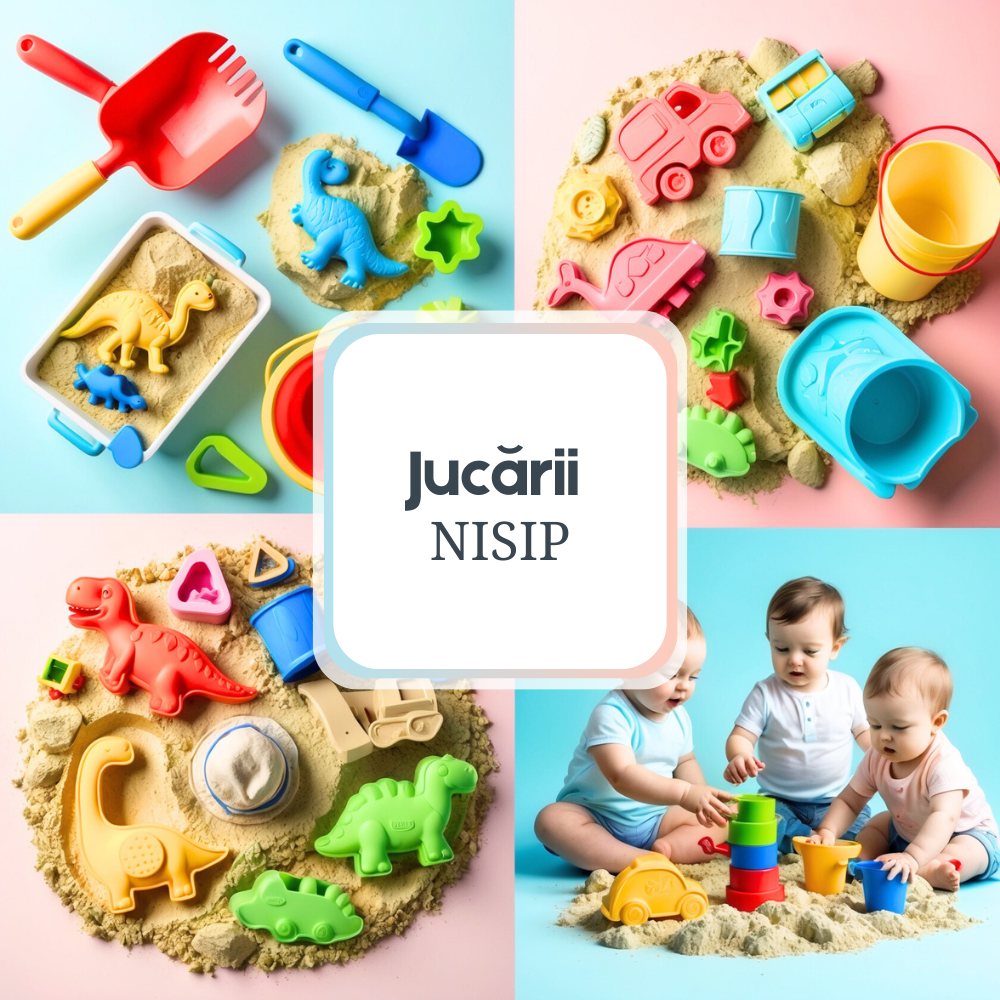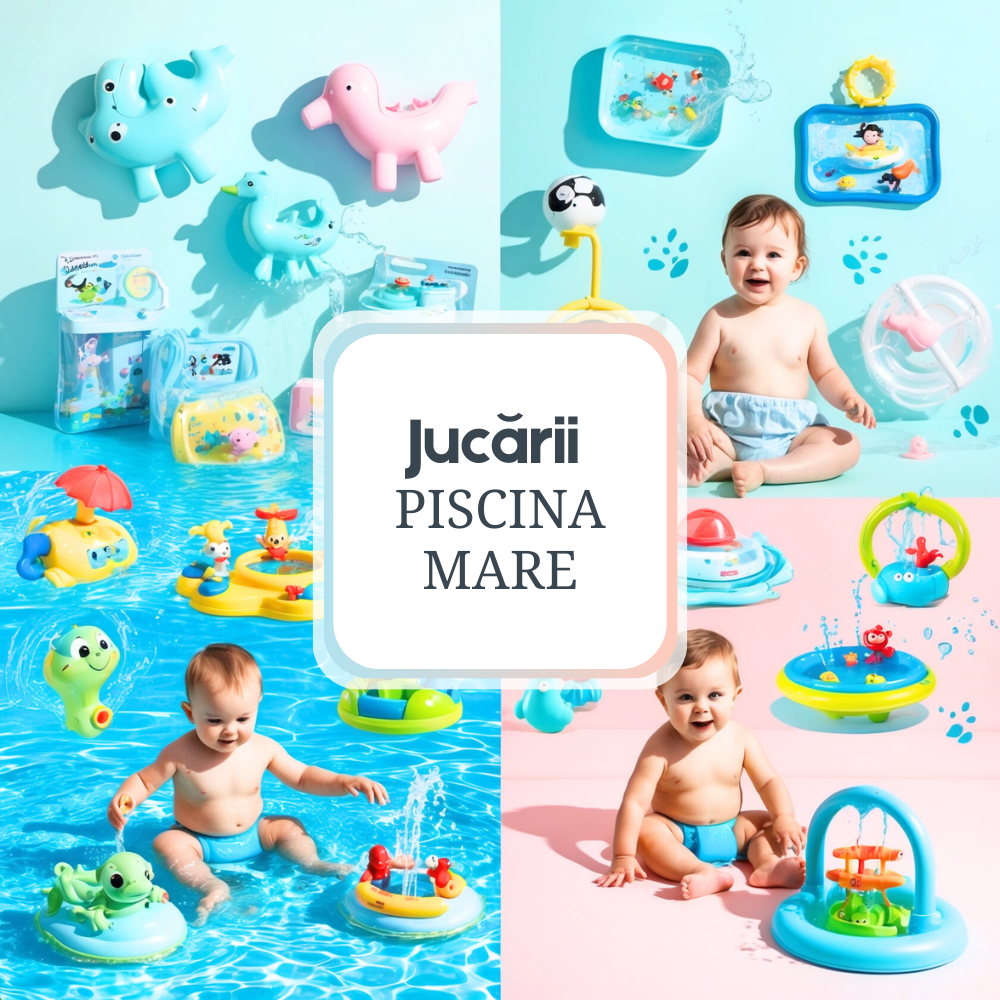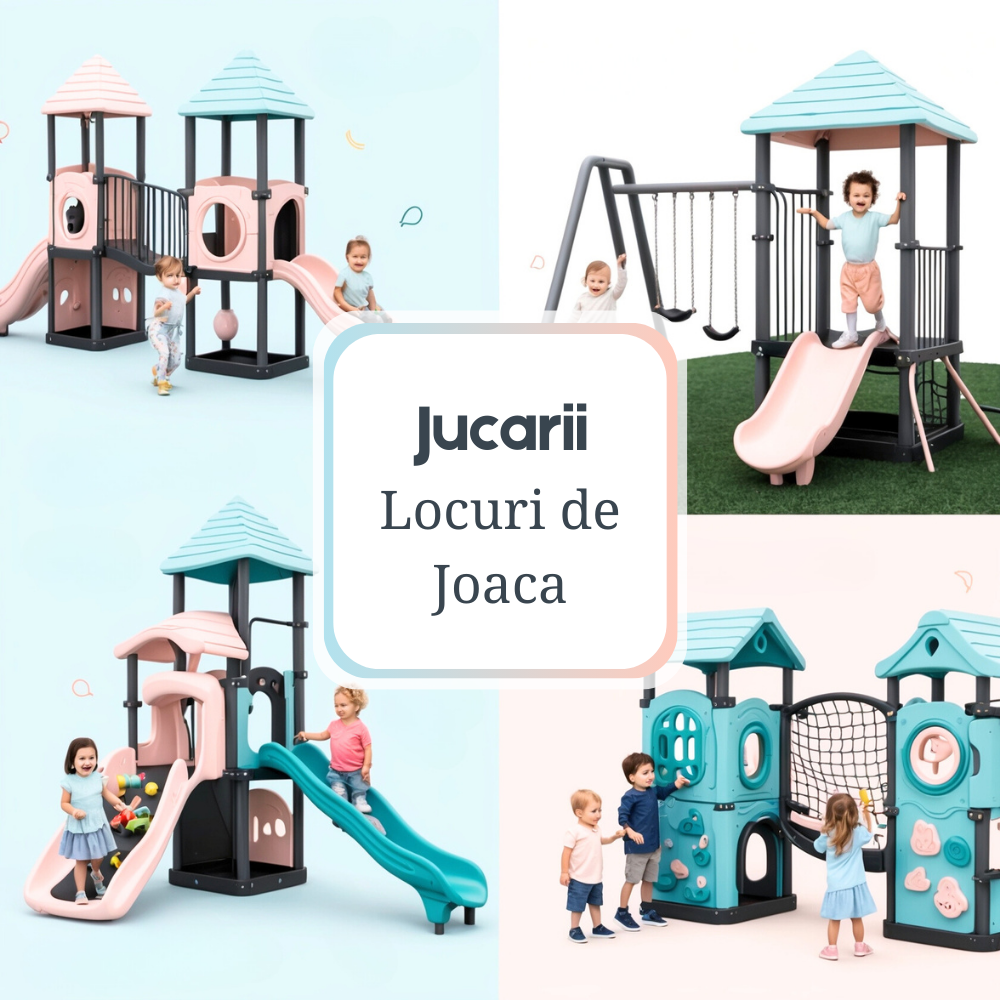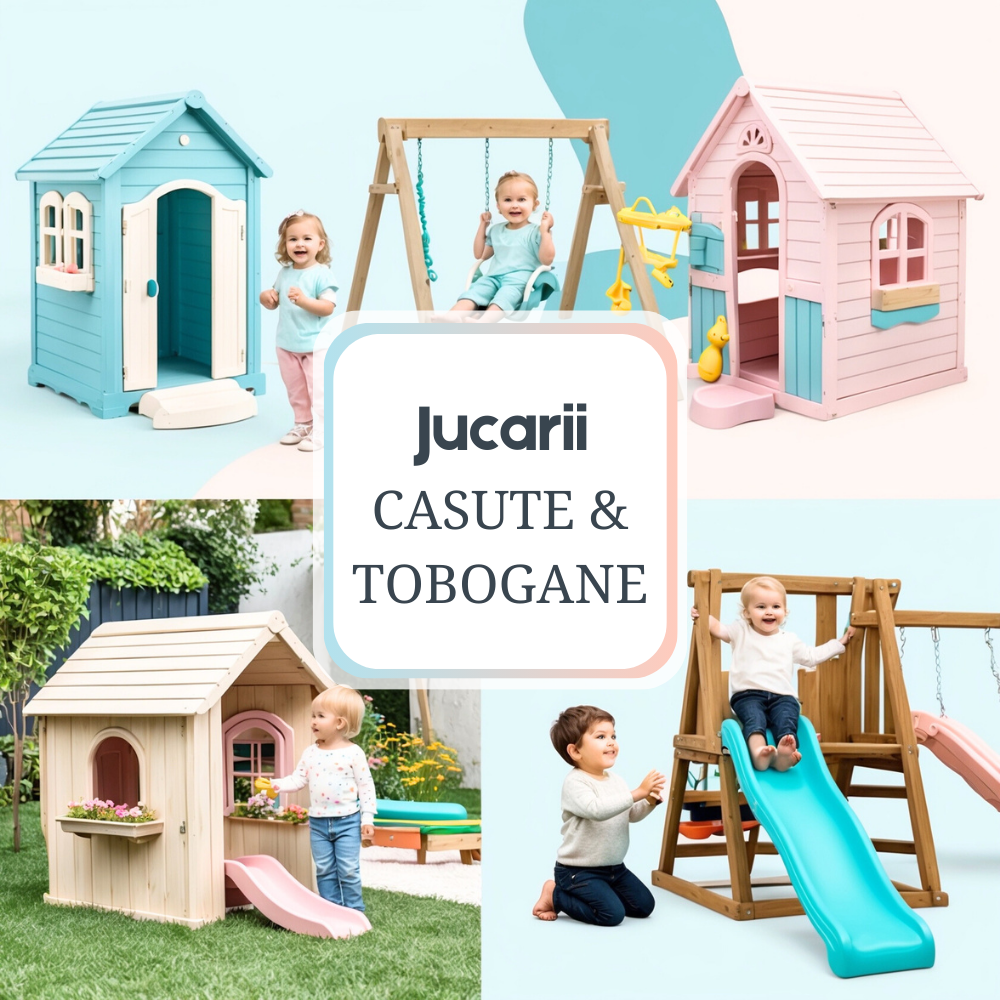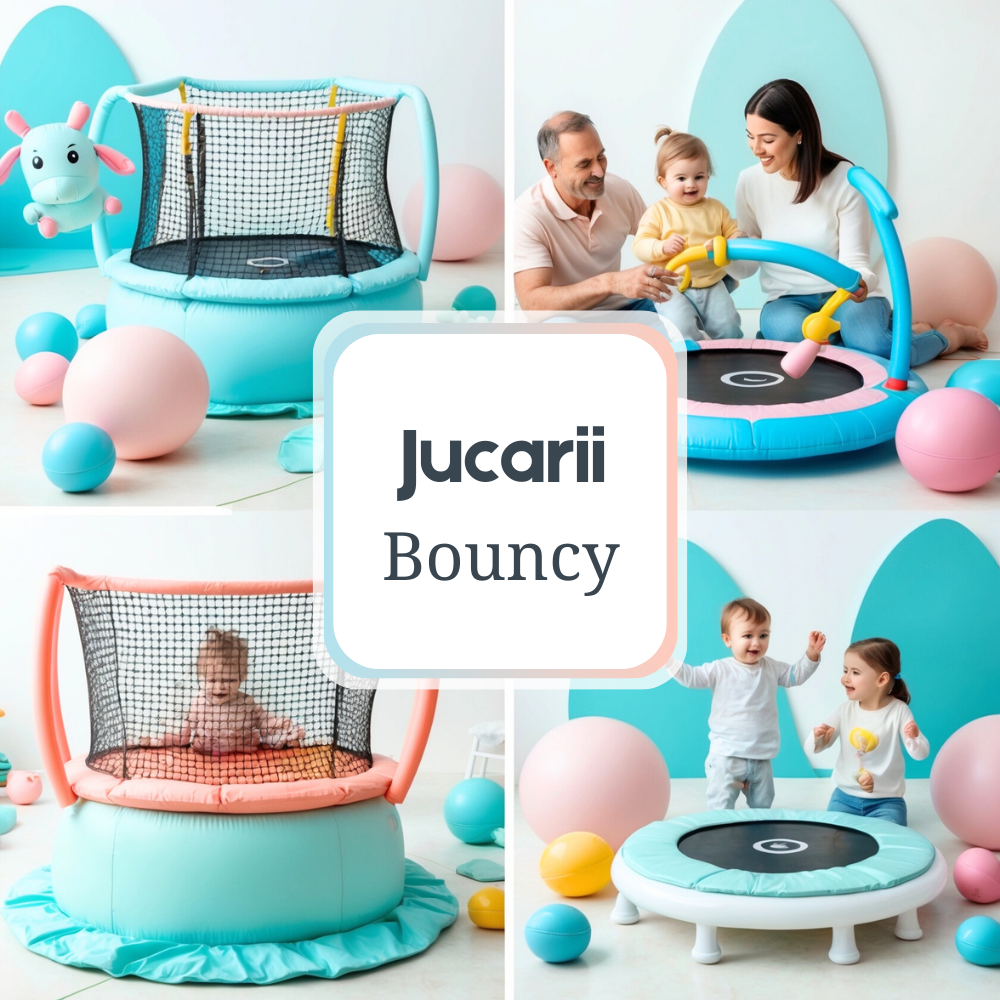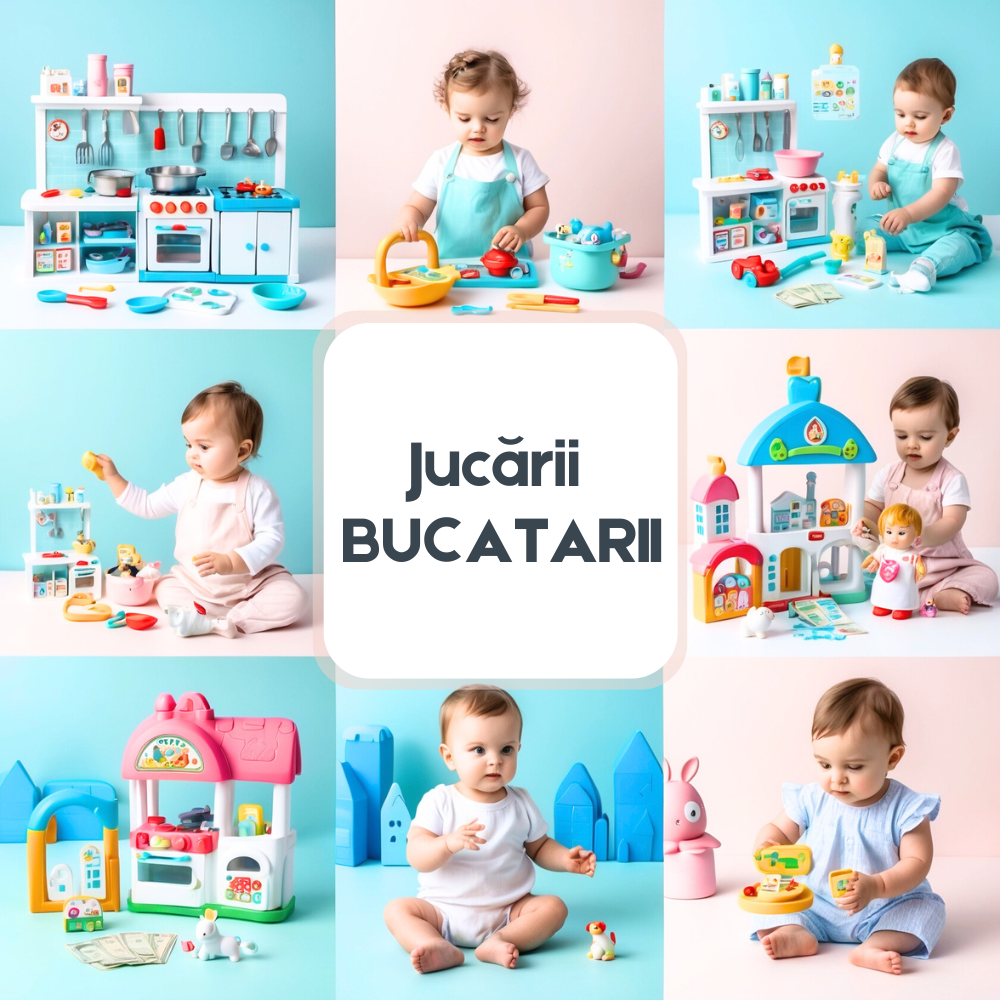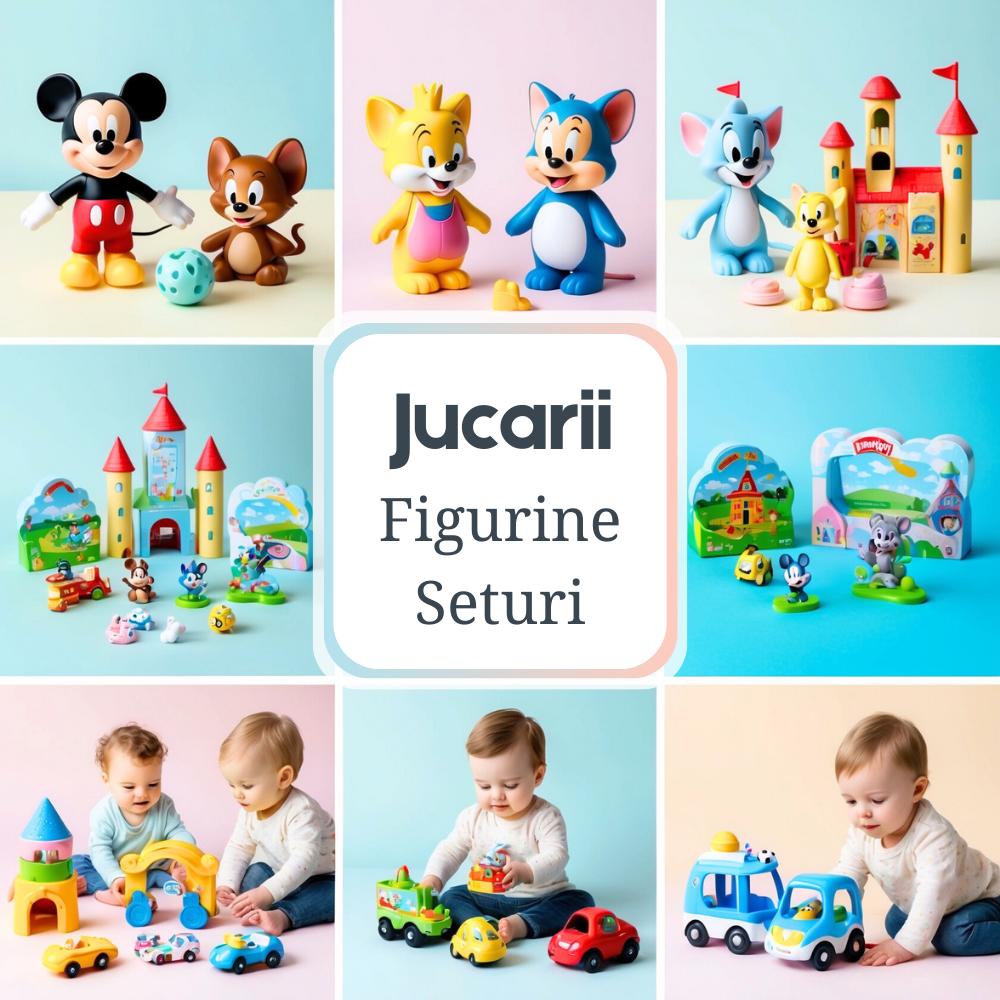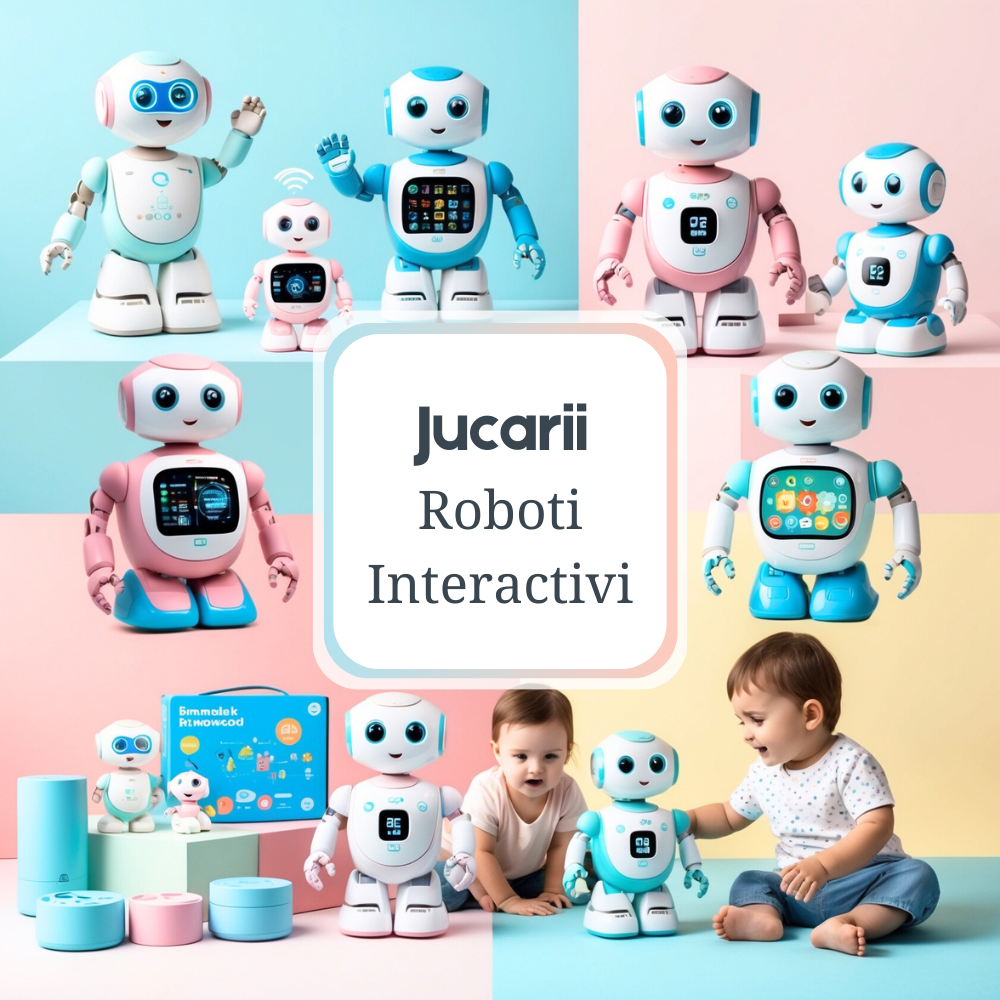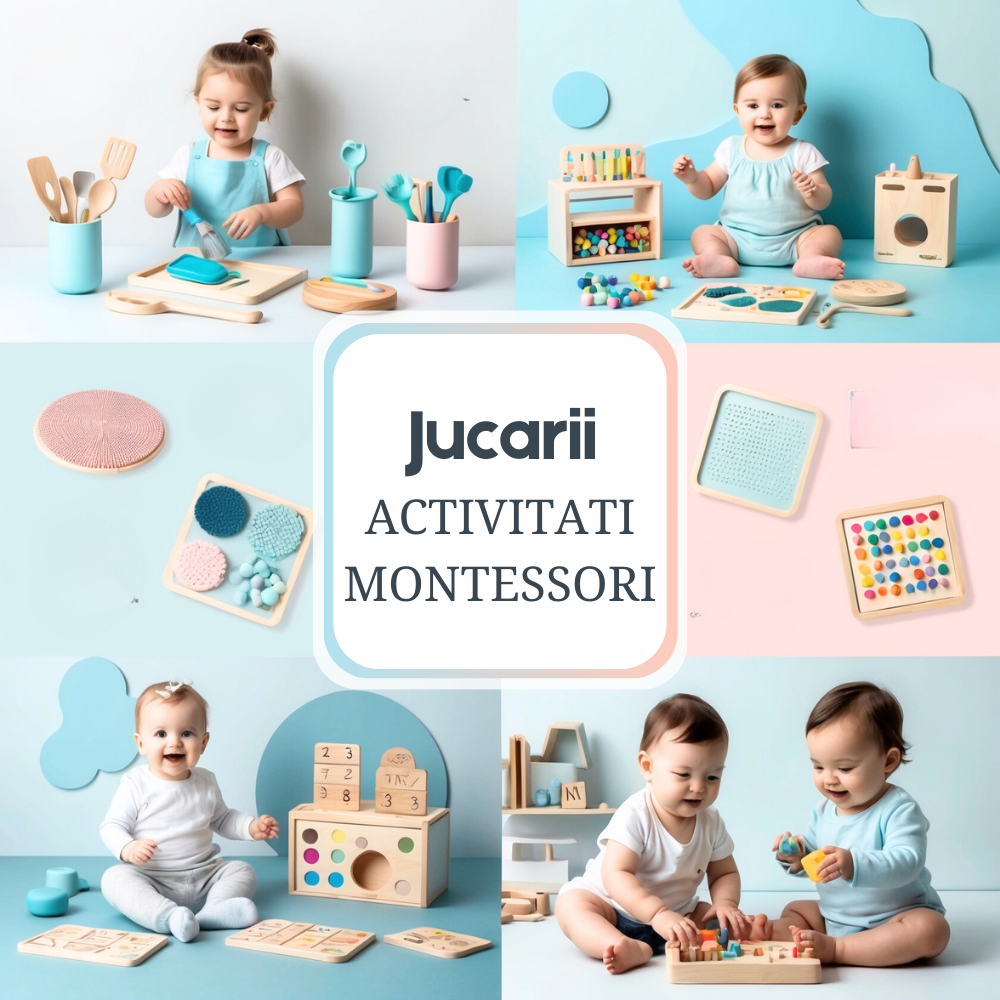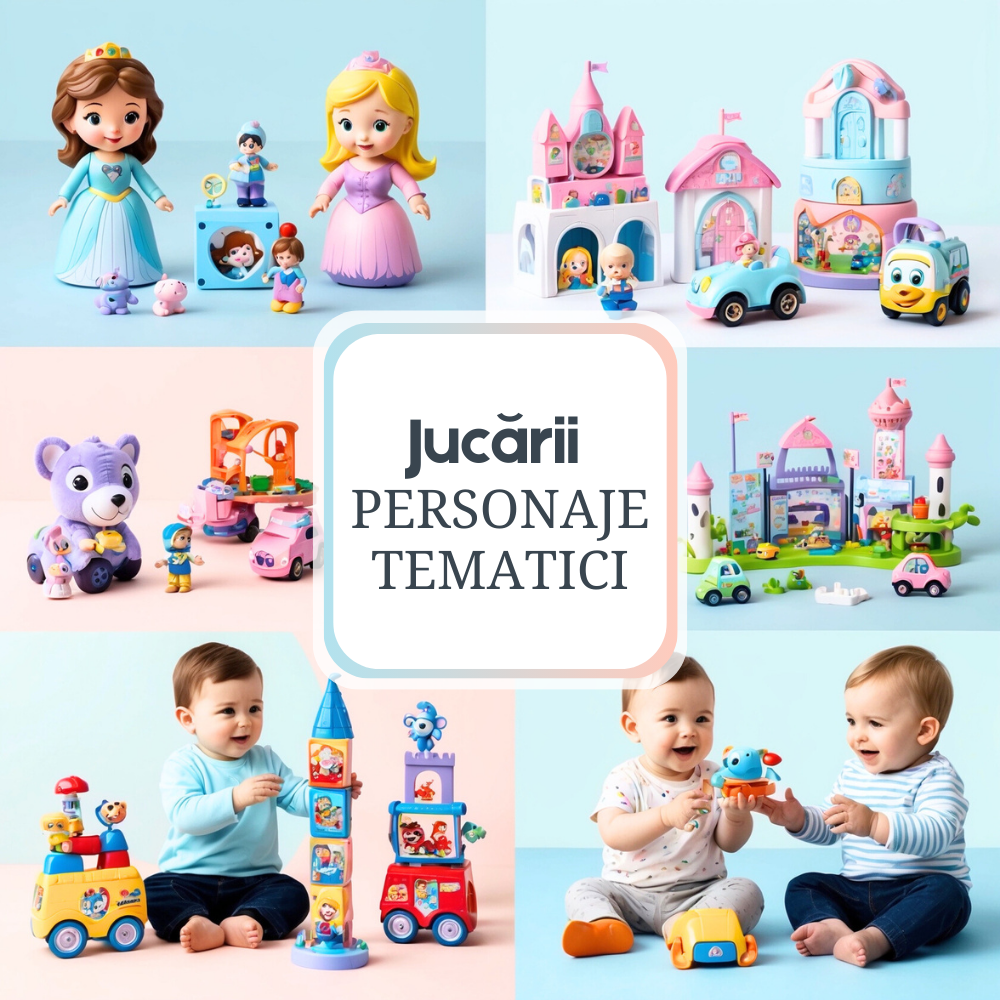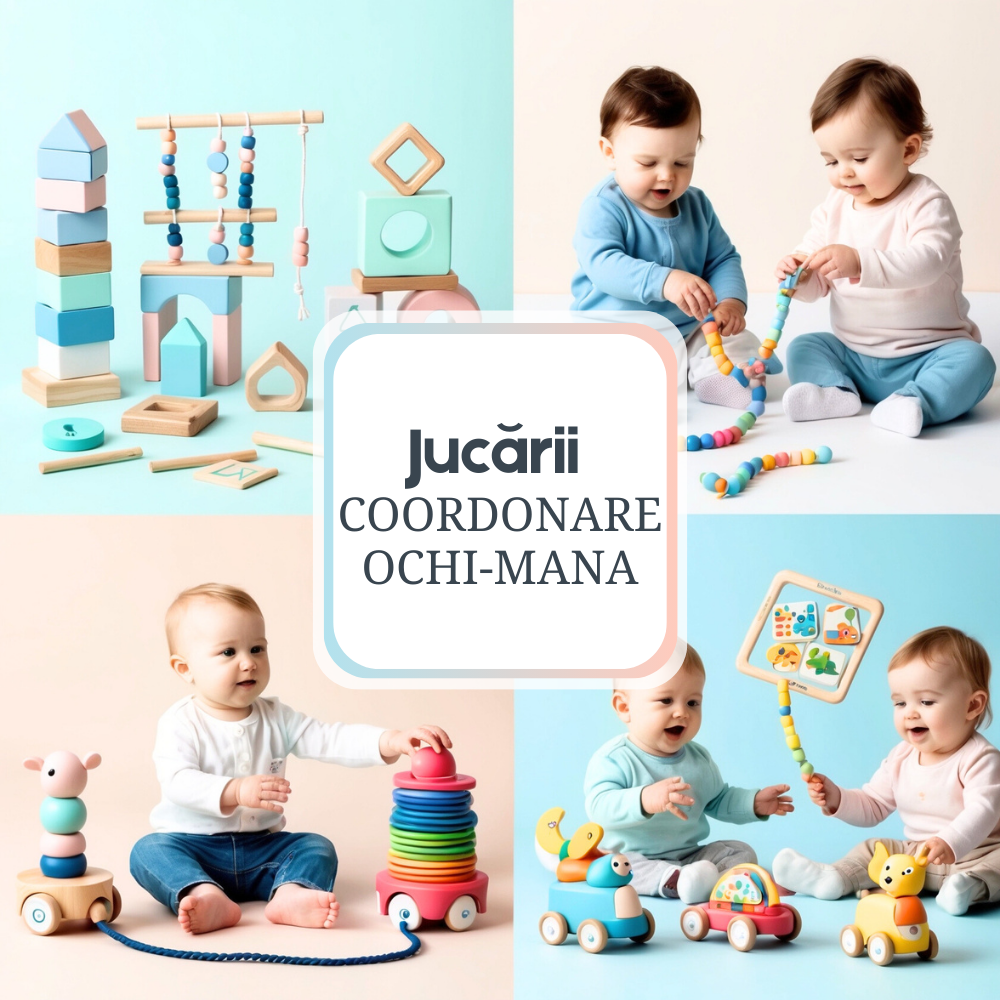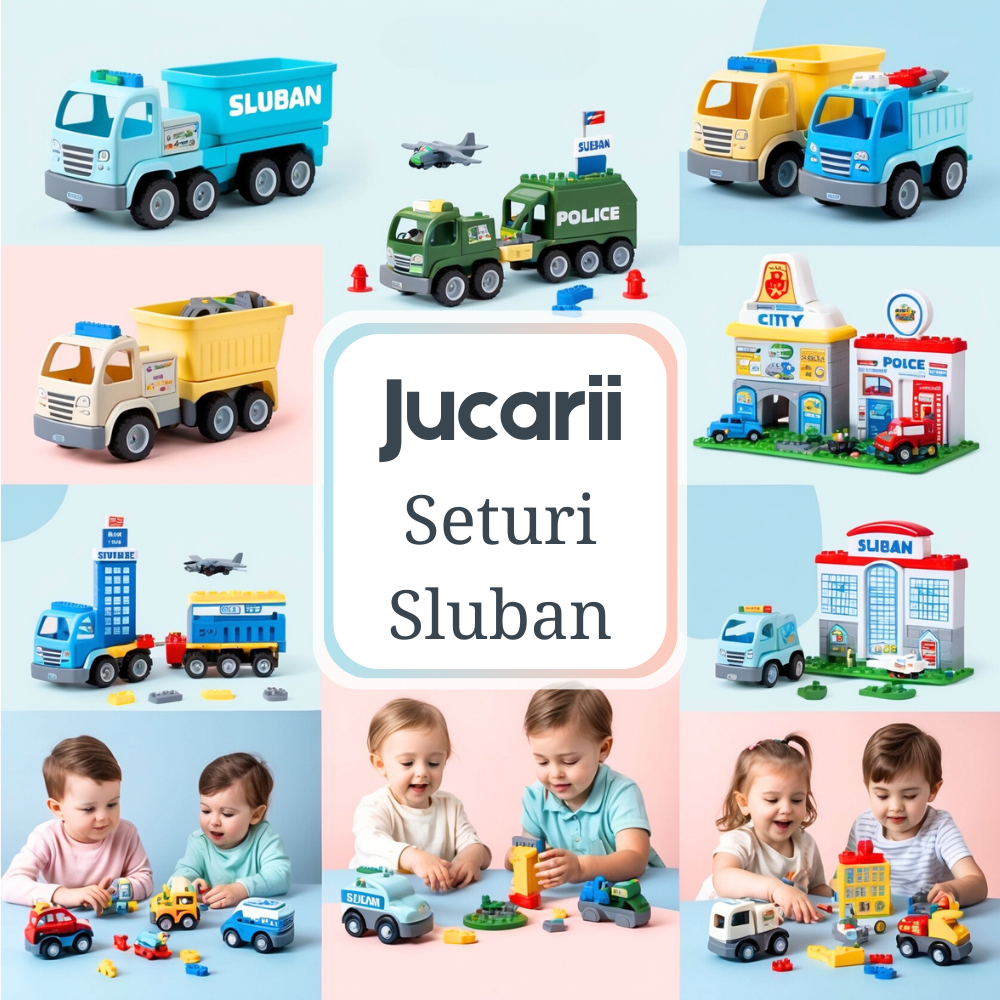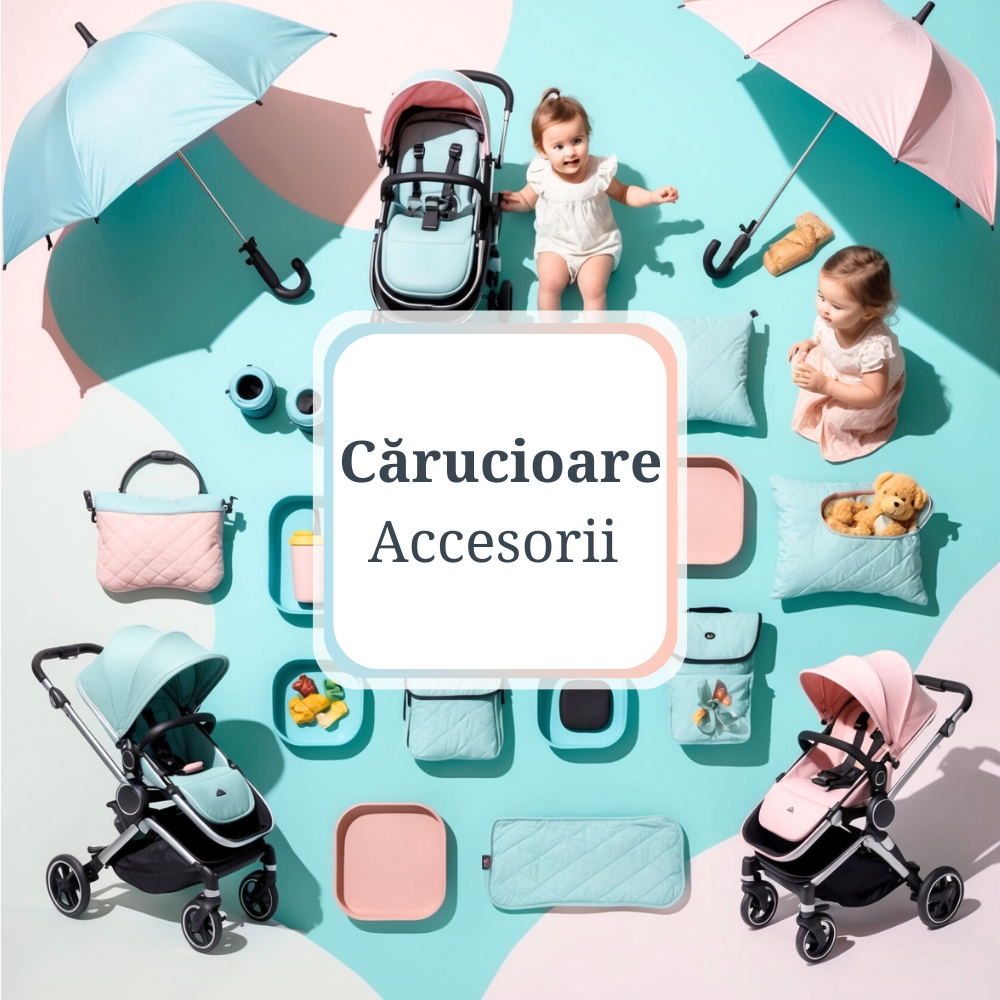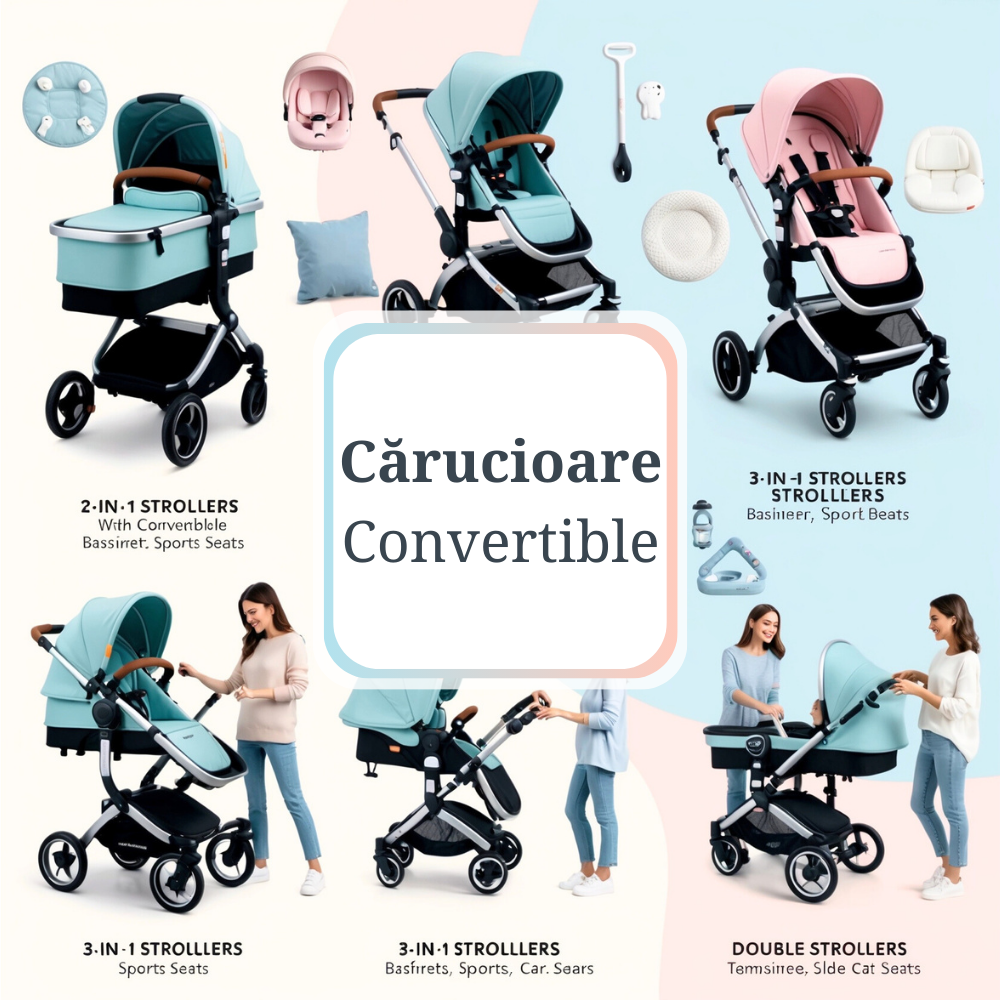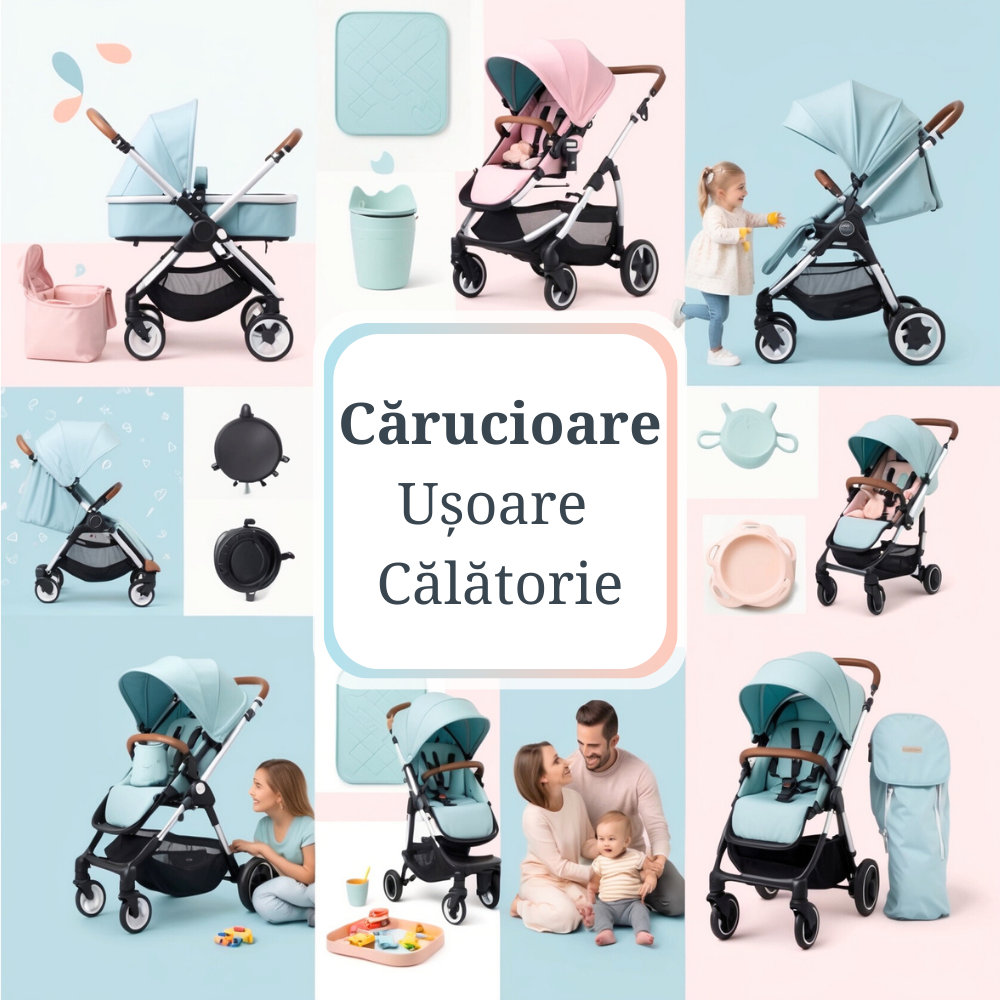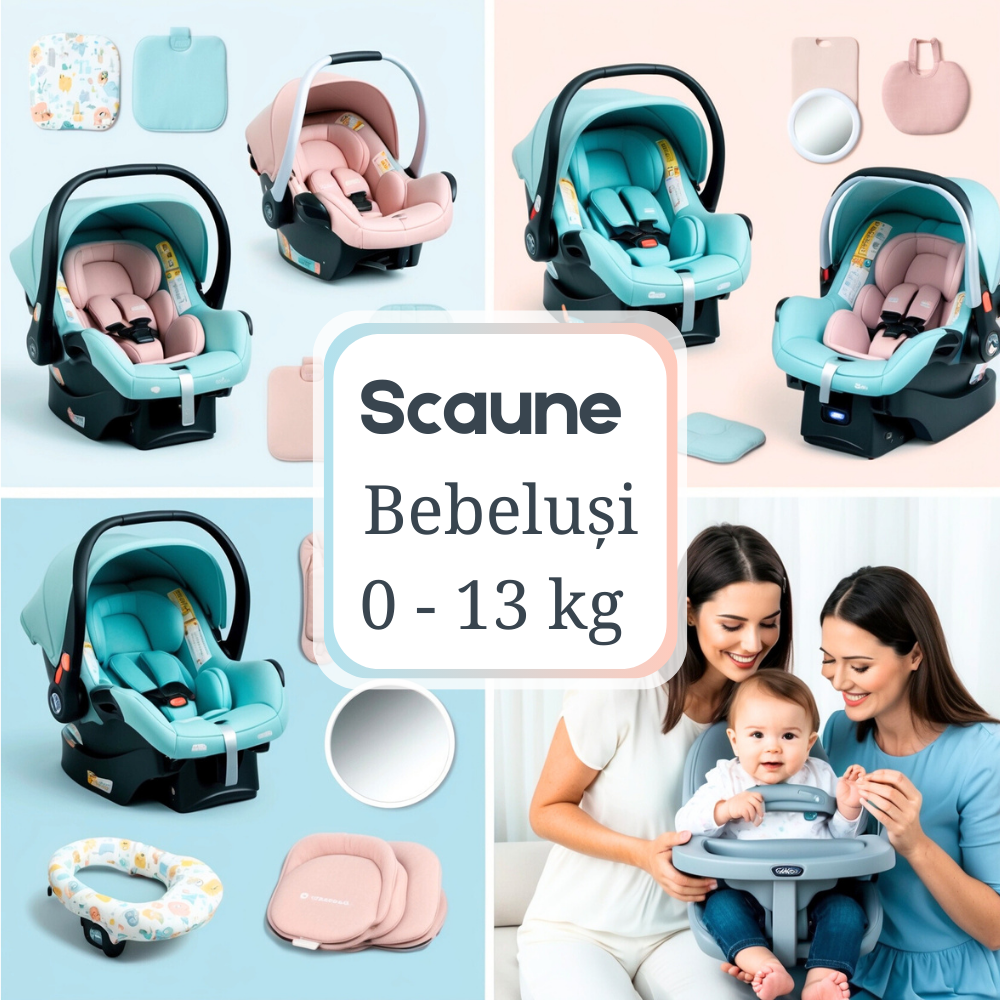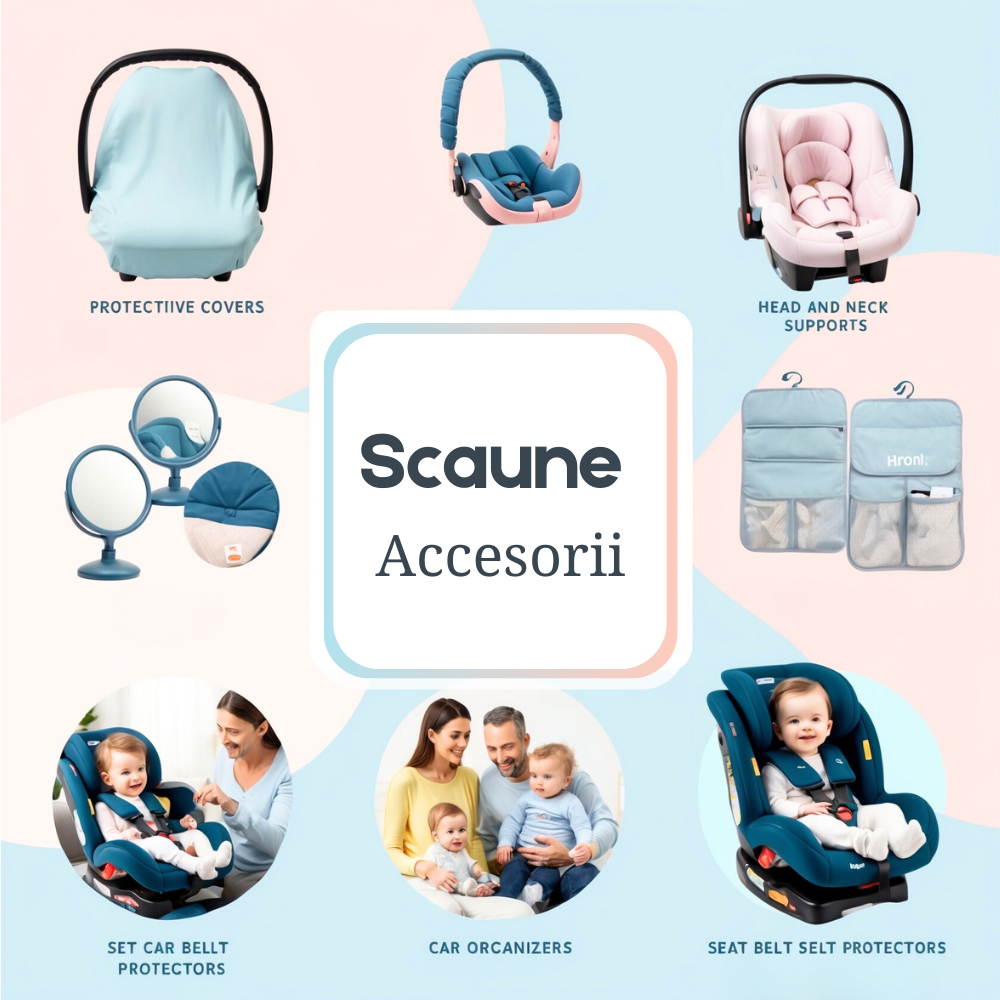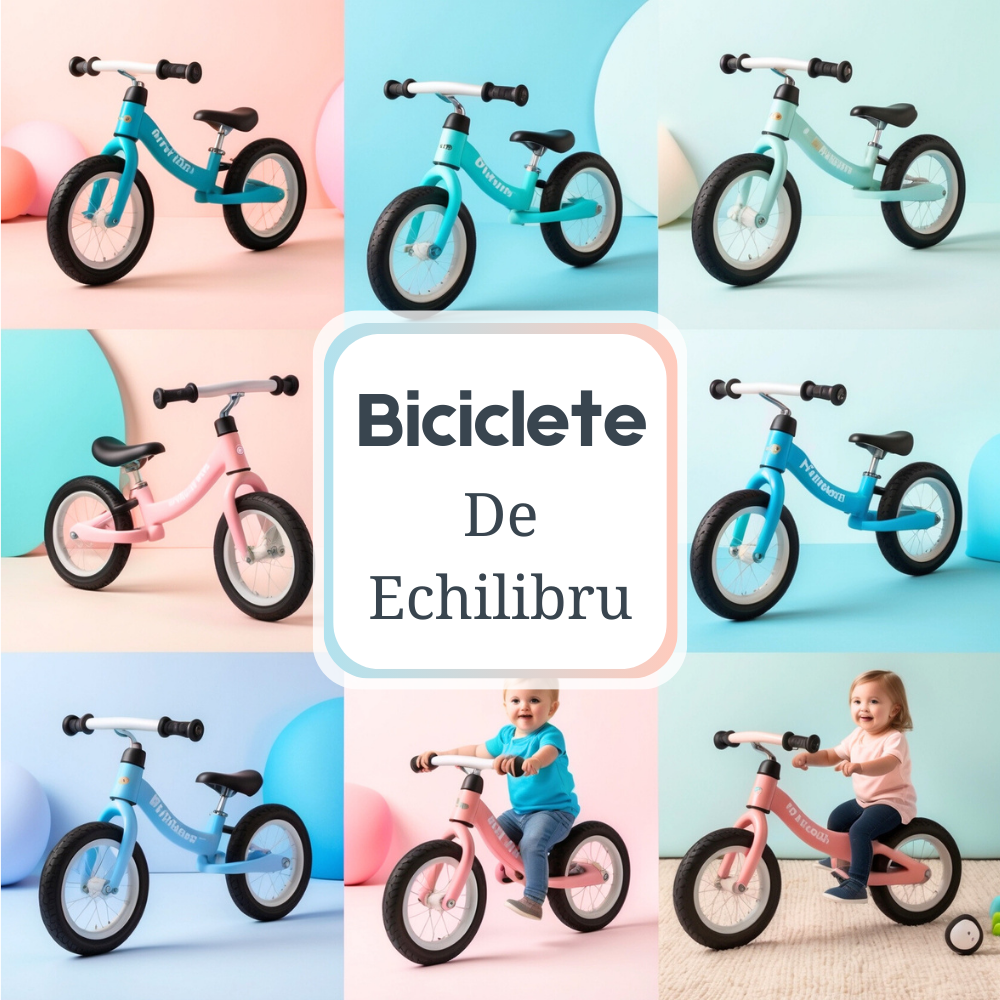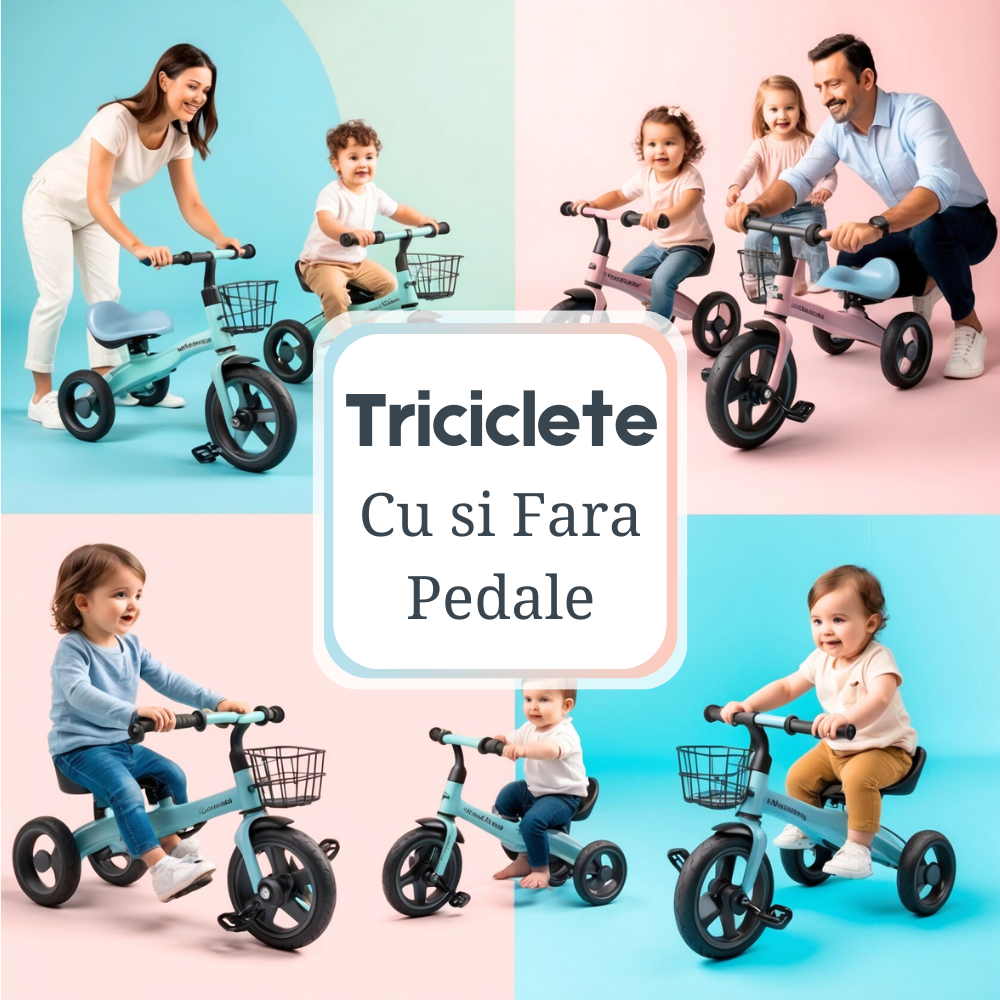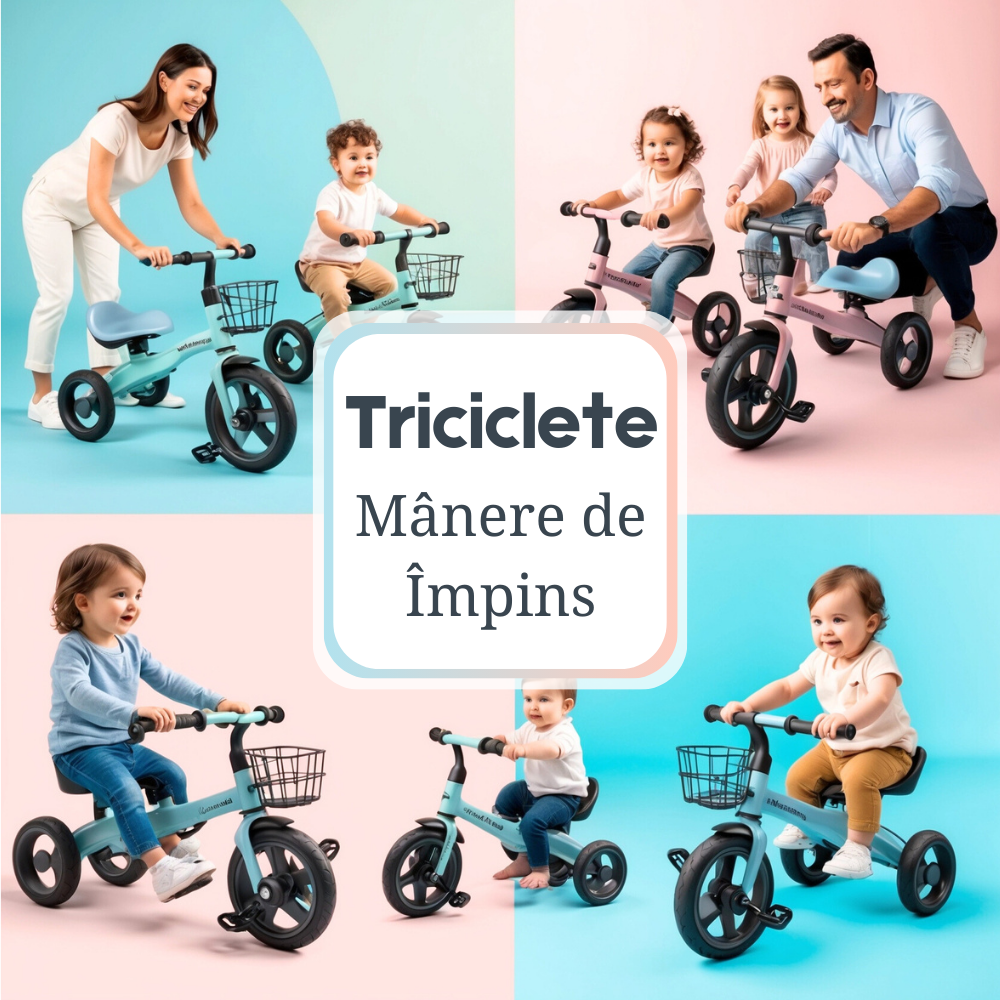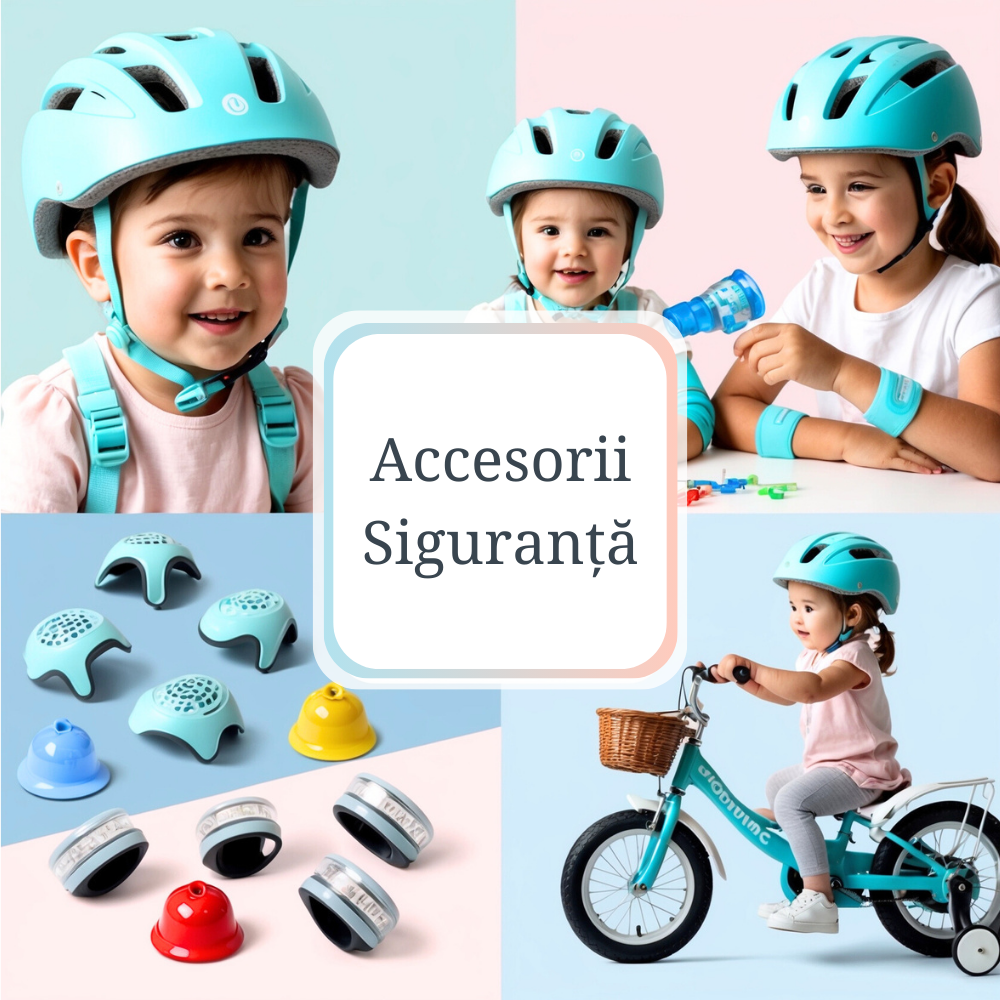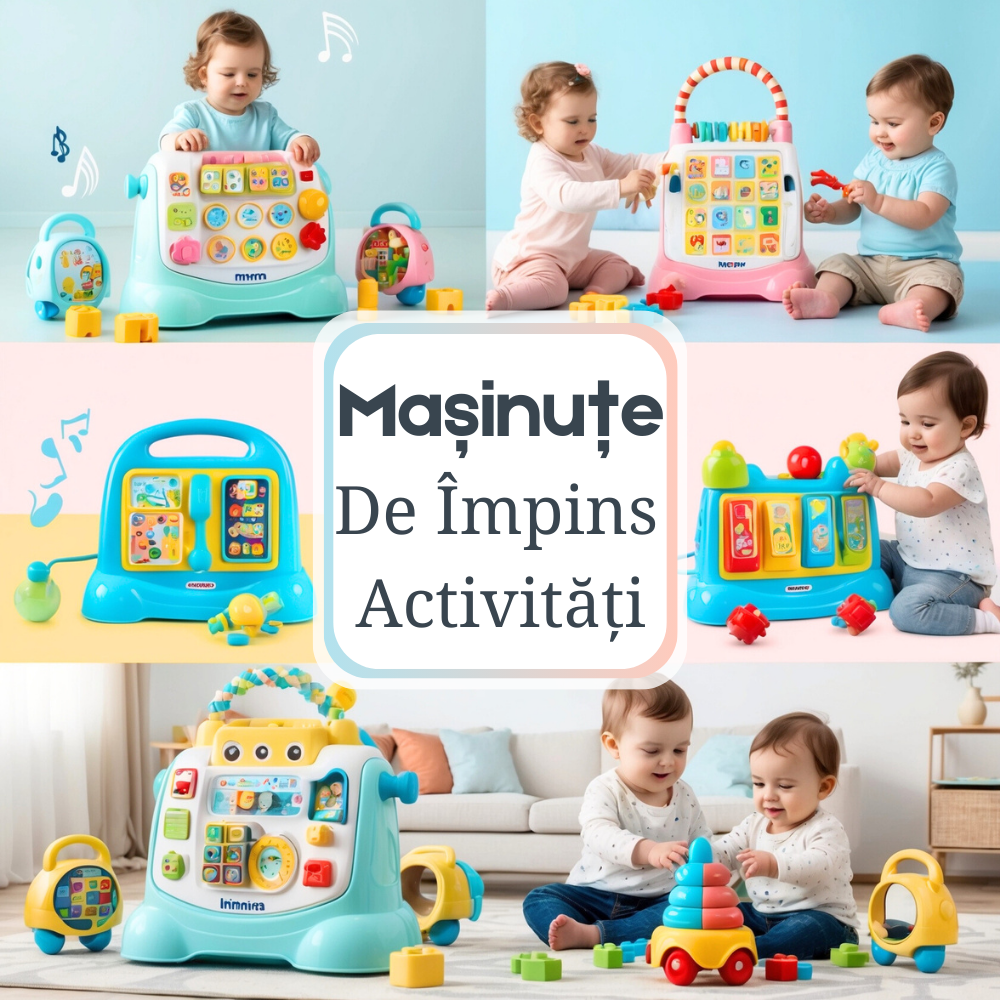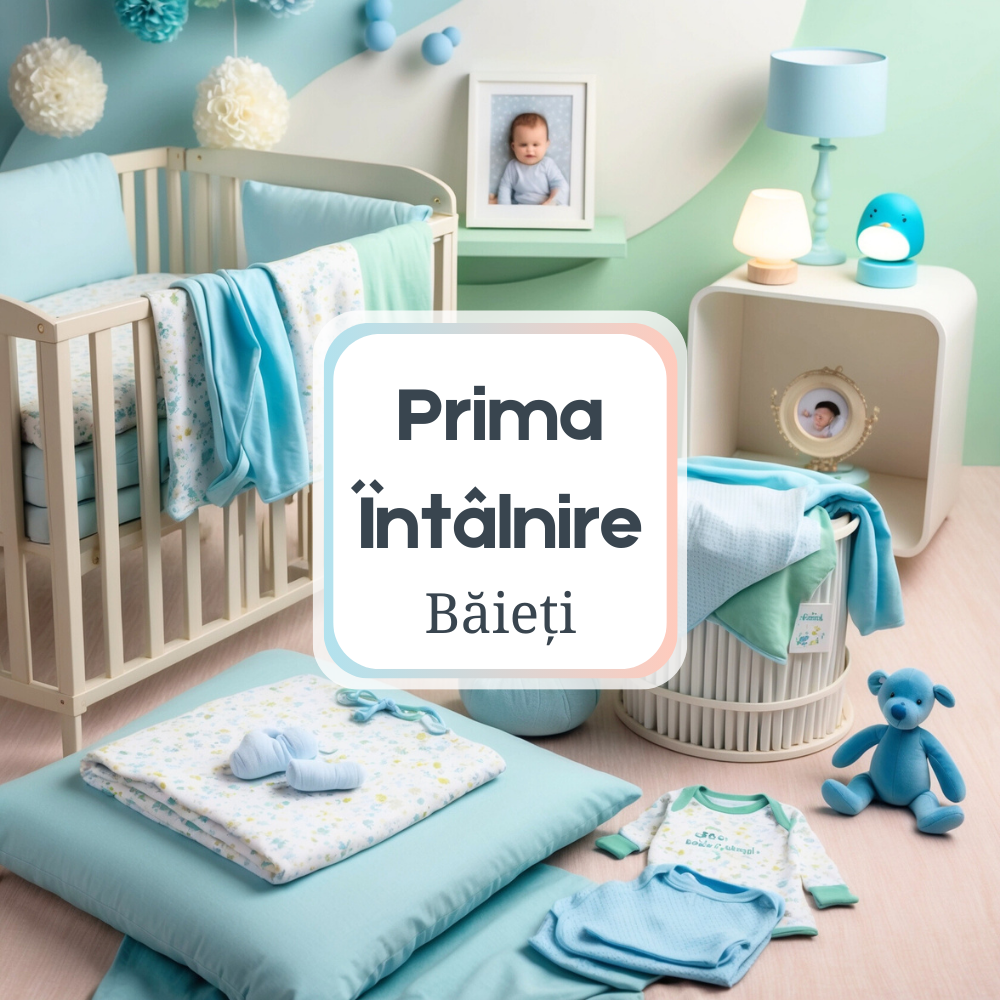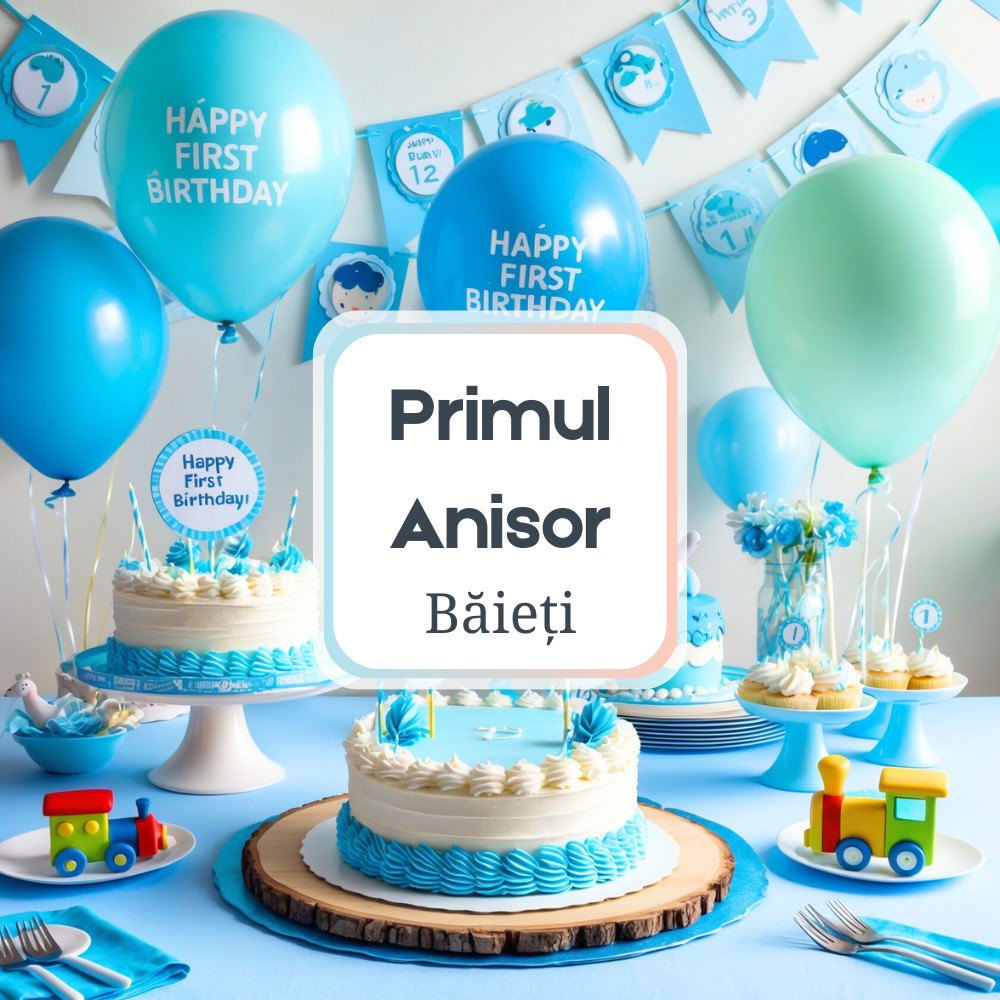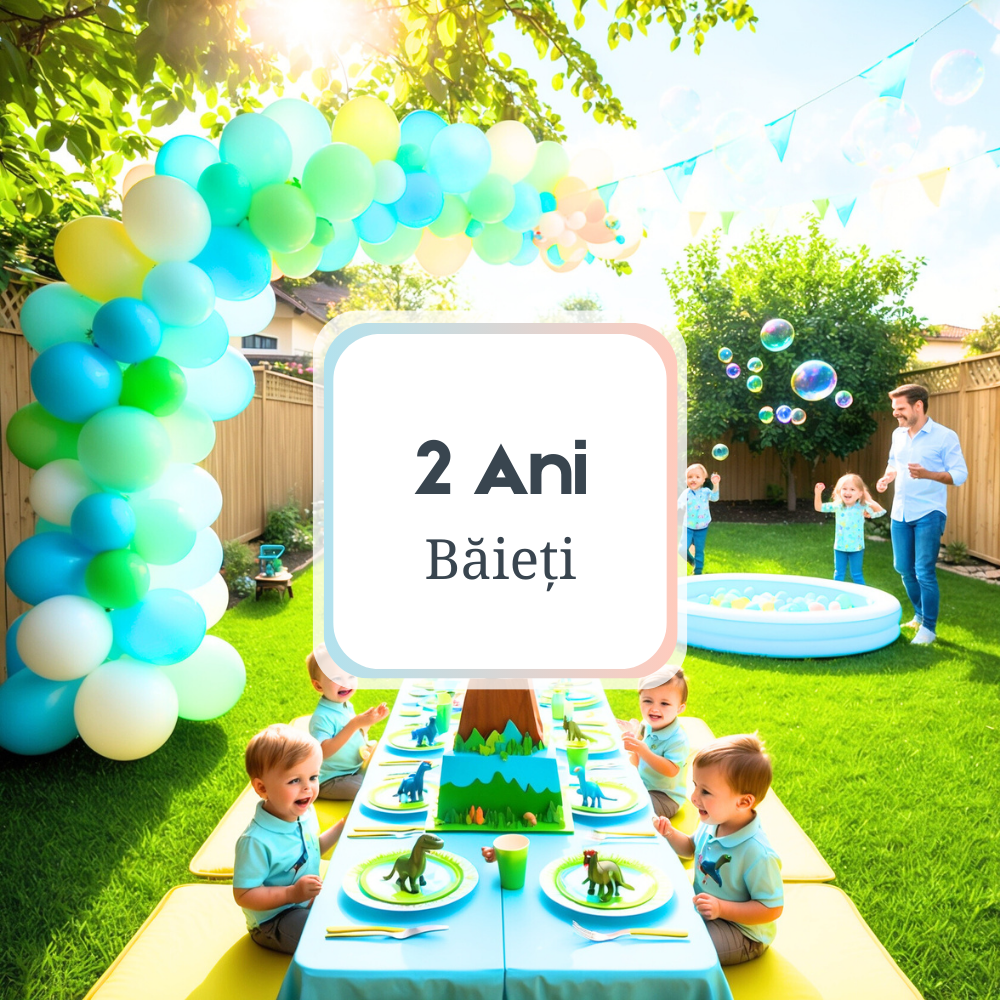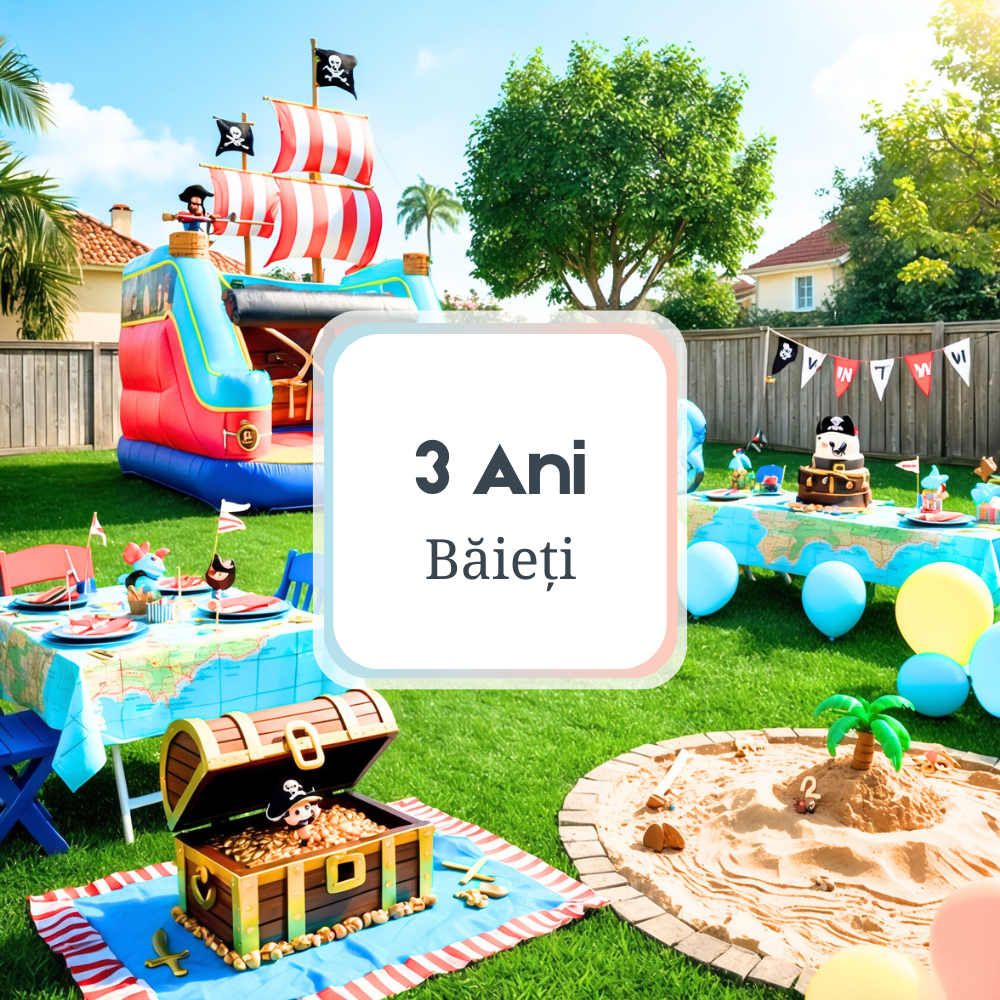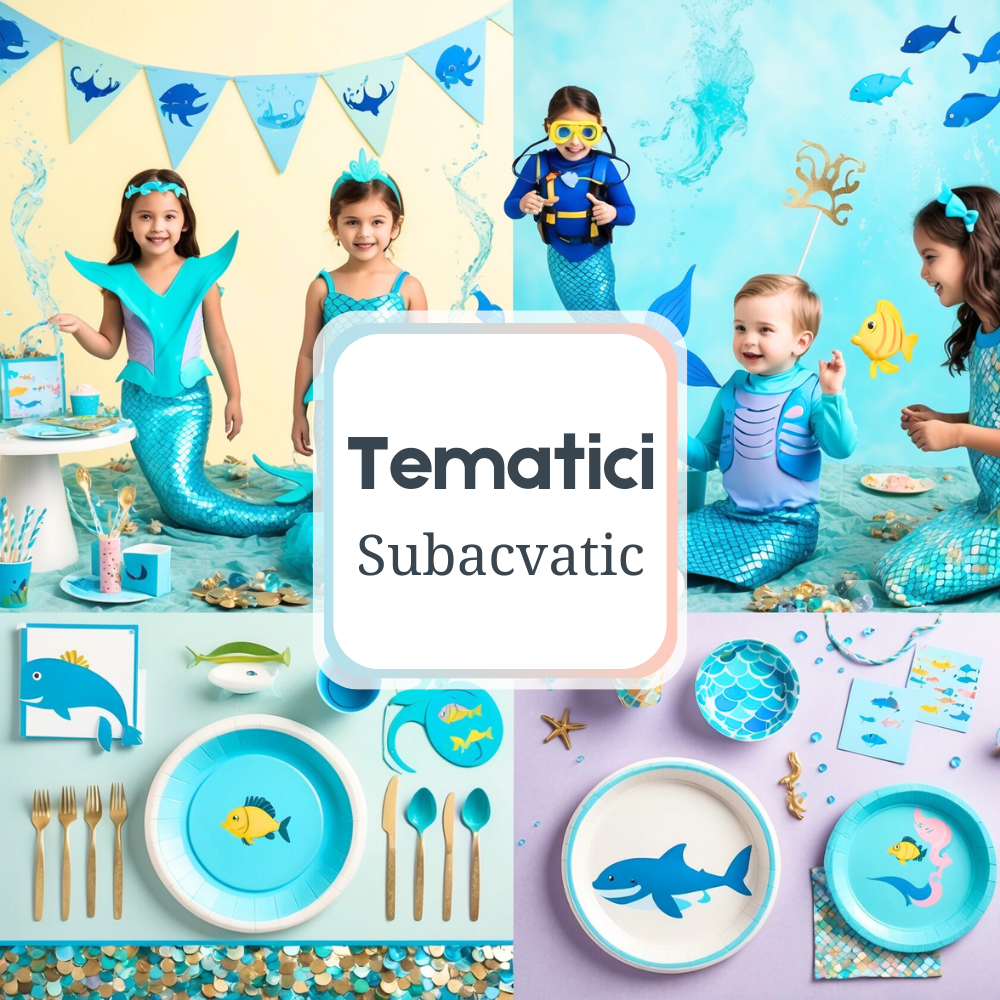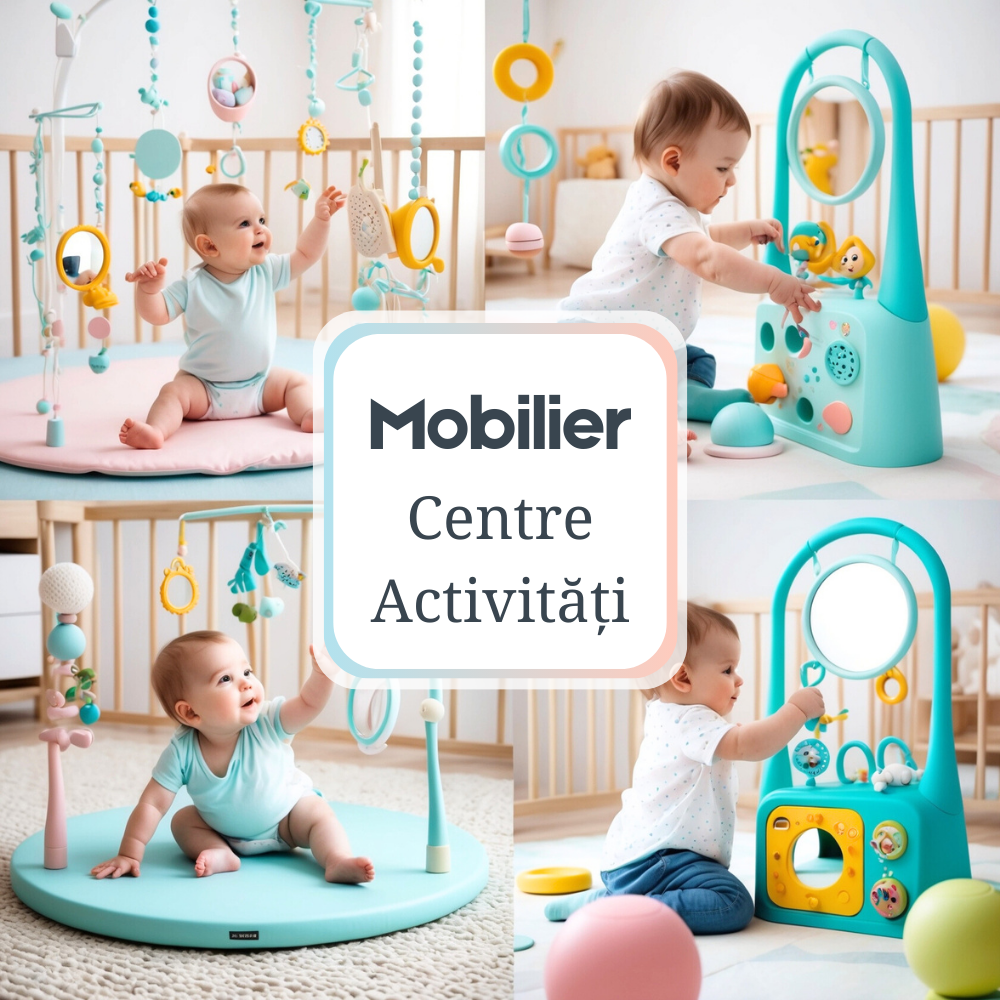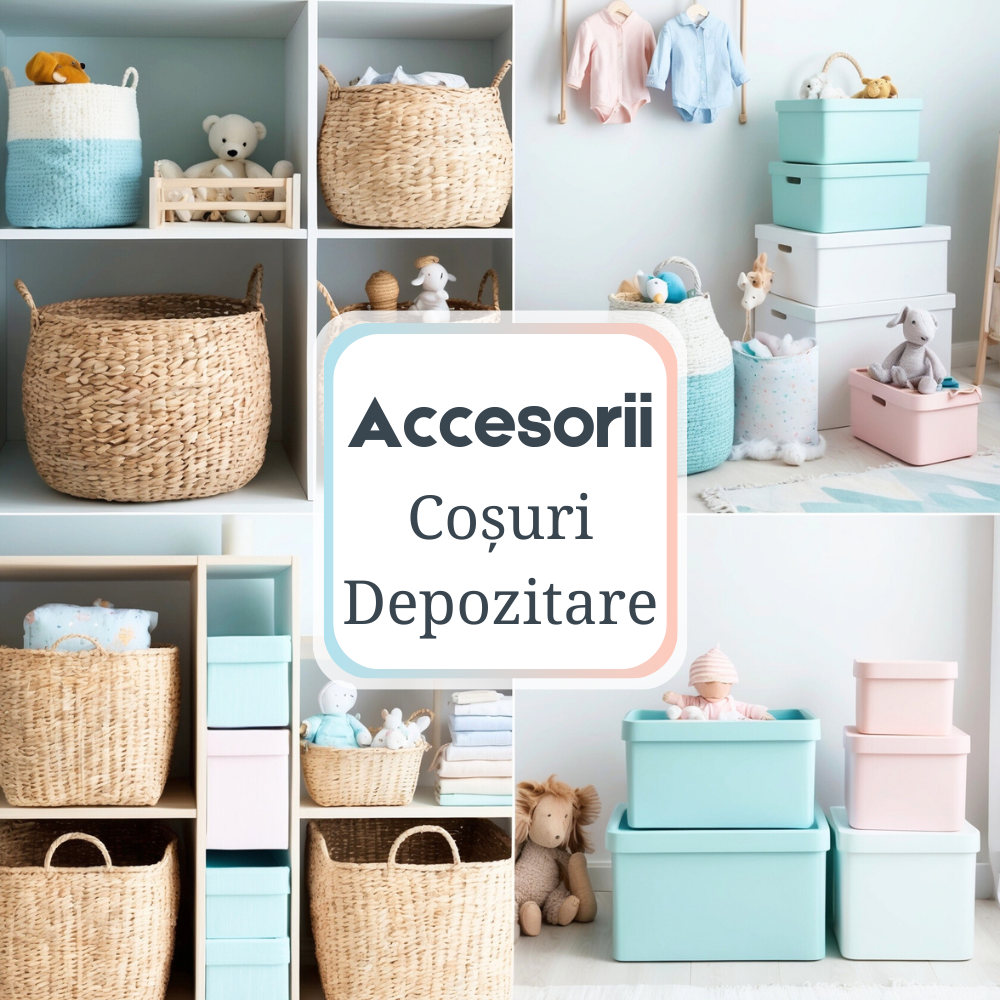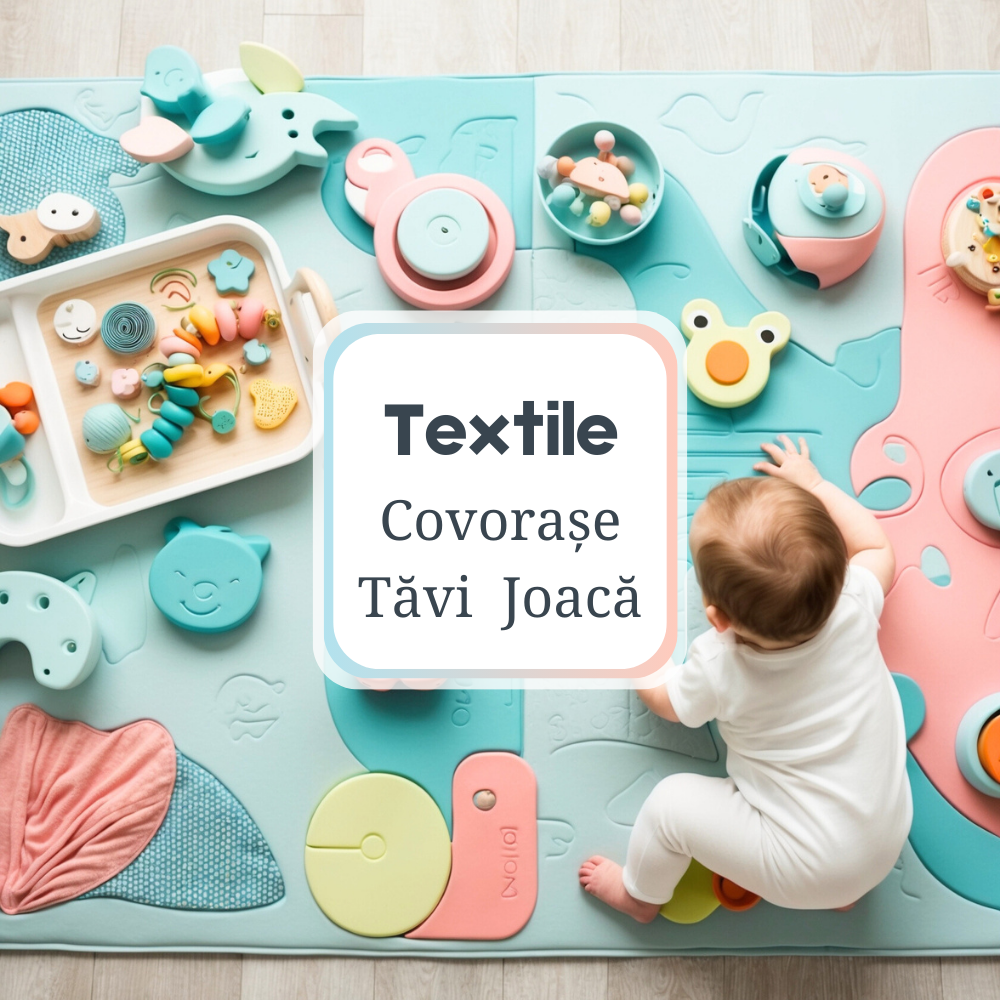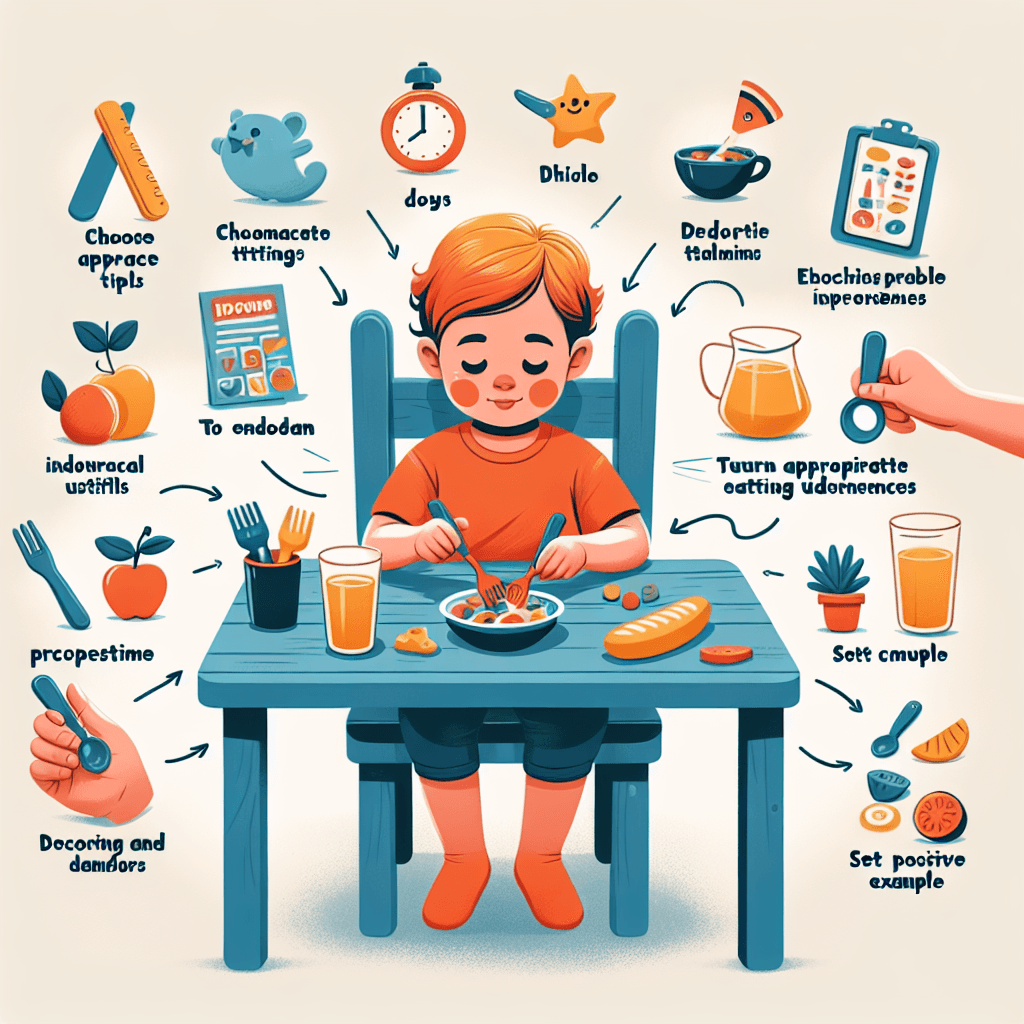Child Development: A Complete Guide to the Essential Stages
In the complex journey of growing a child, one of the turning points is when they learn to feed themselves. It is an important step that marks independence, coordination and cognitive development. This article is dedicated to parents who are looking for a practical and effective guide to help their little ones develop self-feeding skills.
The importance of teaching the child to eat alone
Teaching a child to eat on his own is not only a stage in his physical development, but also an essential part in developing independence and self-confidence. It is a gradual process that usually begins around 6 months of age when babies are introduced to solid foods and continues as they grow and improve their hand-mouth coordination.
How to start the learning process
The first step in learning autonomy at the table is to give the child age-appropriate utensils. Start with spoons and forks with thick, easy-to-grip handles and knives without sharp edges. Give him the opportunity to explore the food and play with it, even if it means a little mess. The first lesson is that food can be fun too.
Encouraging self-feeding and self-control
After your child has started to get used to the idea of eating on his own, the next step is to encourage him to control his portions and decide when he is full. This requires patience and understanding from parents as children will develop these skills at their own pace. One effective way is to give them more healthy options to choose from.
Adapting the diet to the child's needs
A varied and balanced diet is crucial for the healthy development of children. Once the child is comfortable with eating alone, parents should ensure that the menu includes a variety of foods that provide all the necessary nutrients. Plan meals to include fruits, vegetables, protein and whole grains.
The role of play and models in children's learning
Children learn best through imitation and play. Create an environment at the table where the child can observe you eating and using the utensils correctly. At the same time, you can turn the table into a game, encouraging the identification of the colors and shapes of the dishes. This strategy helps develop both fine motor and cognitive-linguistic skills.
Manage negative reactions and adopt a positive attitude
Not all meals will be a success, and frustrations are part of the learning process. The important thing is to stay calm and positive, encouraging any progress, no matter how small. Don't forget that the way you react influences the child's attitude towards food and the learning process.
The importance of routine in food
Stability and predictability are fundamental to any child's development, and nutrition is no exception. Set regular times for meals and snacks and stick to them. The routine will help the child to understand and respect the set times for feeding.
Suggestions for dealing with specific problems
There are many challenges that can arise in the process of teaching a child to eat on his own. Children may be fussy, tend to throw food, or refuse to use utensils. If you are faced with such situations, it is important to try new strategies, such as changing the textures or shapes of the food, and to be consistent, patient and creative.
How to manage clutter
Messing up is part of the learning process, and while it can be stressful for parents, it's important not to prevent it. Instead of focusing on cleanliness at mealtimes, learn to accept some level of messiness and focus on guiding your child through new eating experiences.
Conclusion
In conclusion, teaching your child to eat on his own is a gradual process that takes time, patience and lots of encouragement. By adopting the strategies presented here and adjusting them to your child's individual needs, you will be able to guide them towards independent and healthy eating. Be a positive role model, create a routine and don't forget to enjoy this journey with your child.
Call to action
If you need more resources or personalized suggestions, we encourage you to visit the parenting section of our website or subscribe to our newsletter for updates and practical advice. Think of eating as a fascinating adventure and remember that every meal is an opportunity to encourage your child's curiosity and development.


